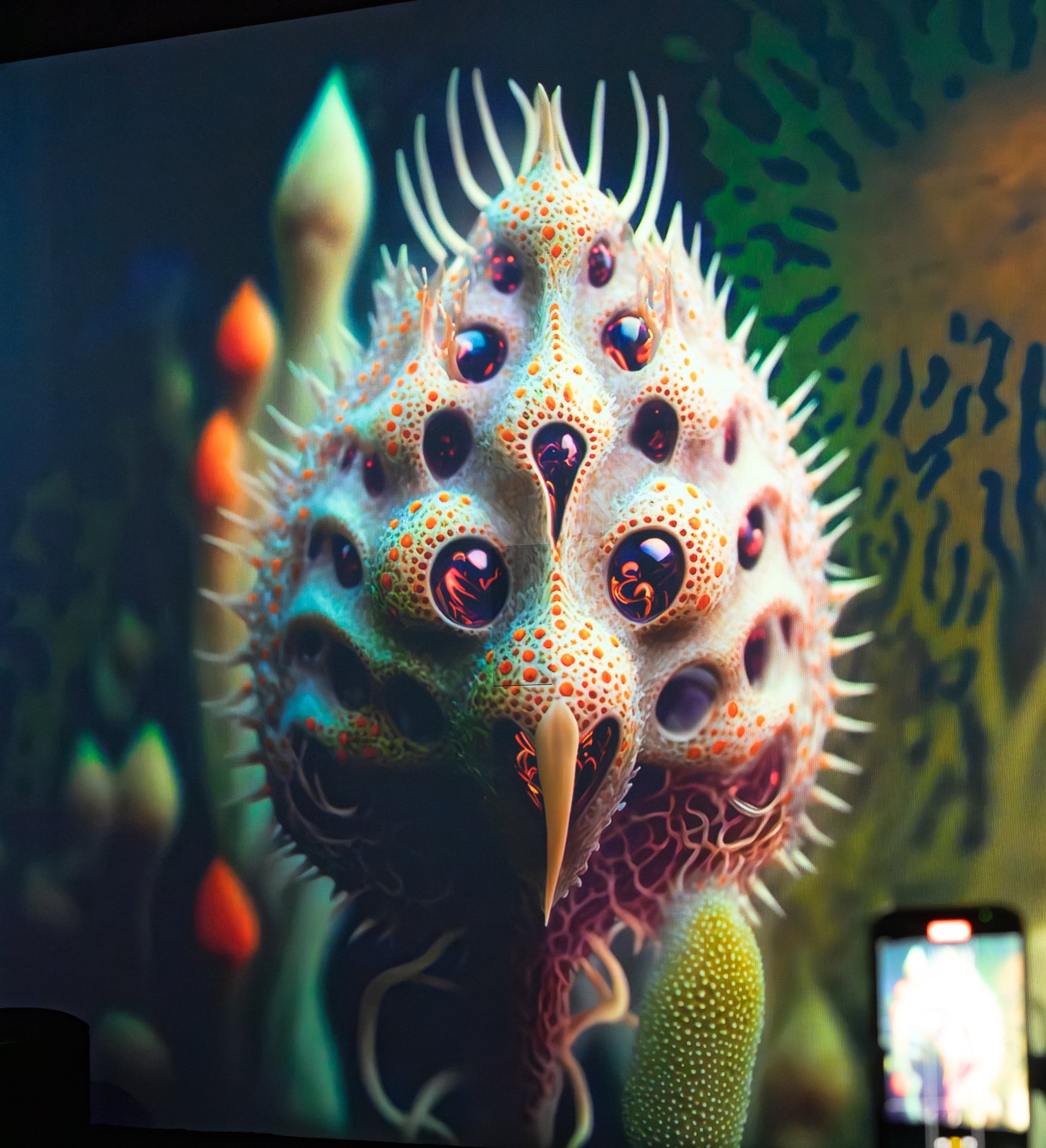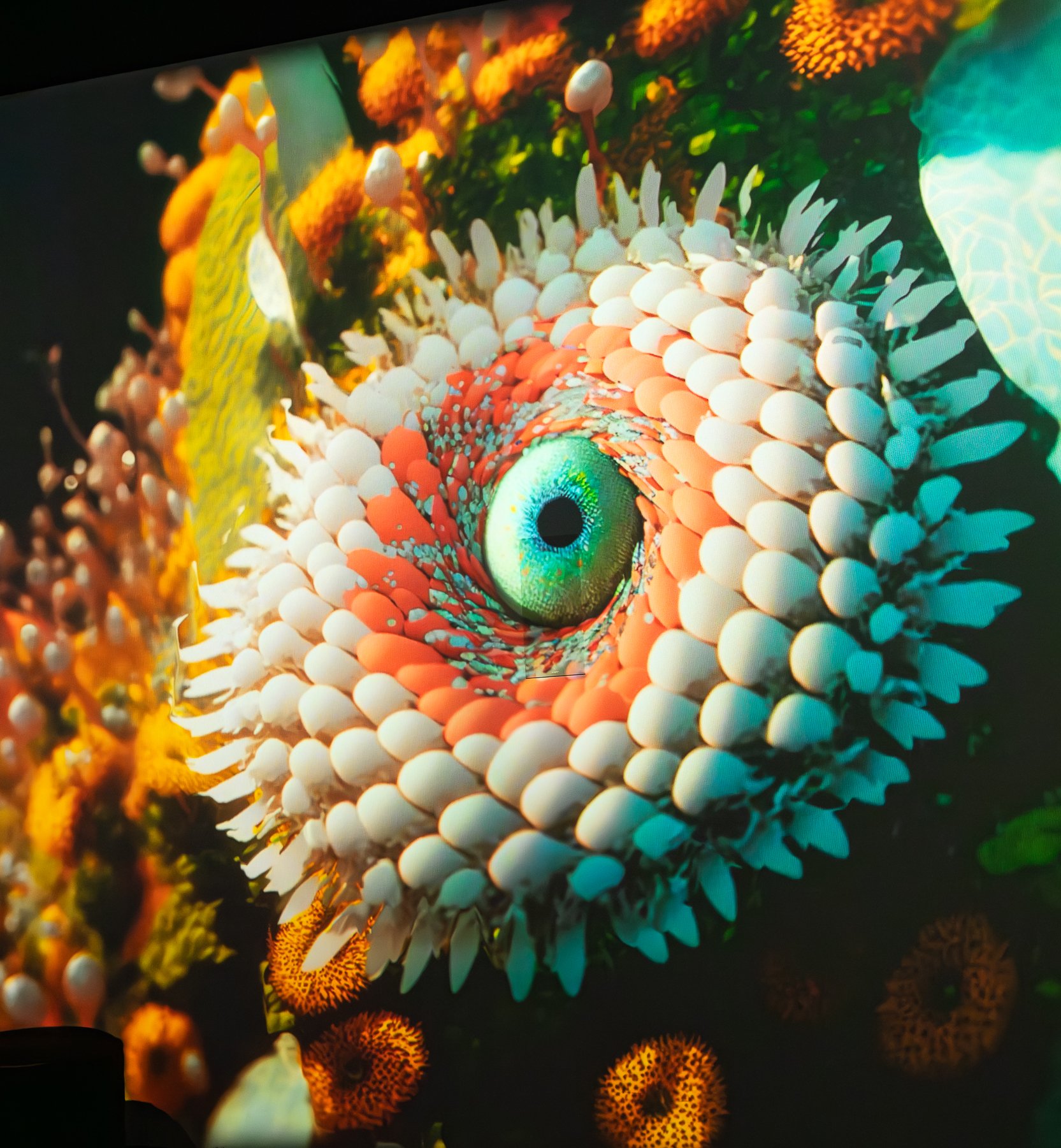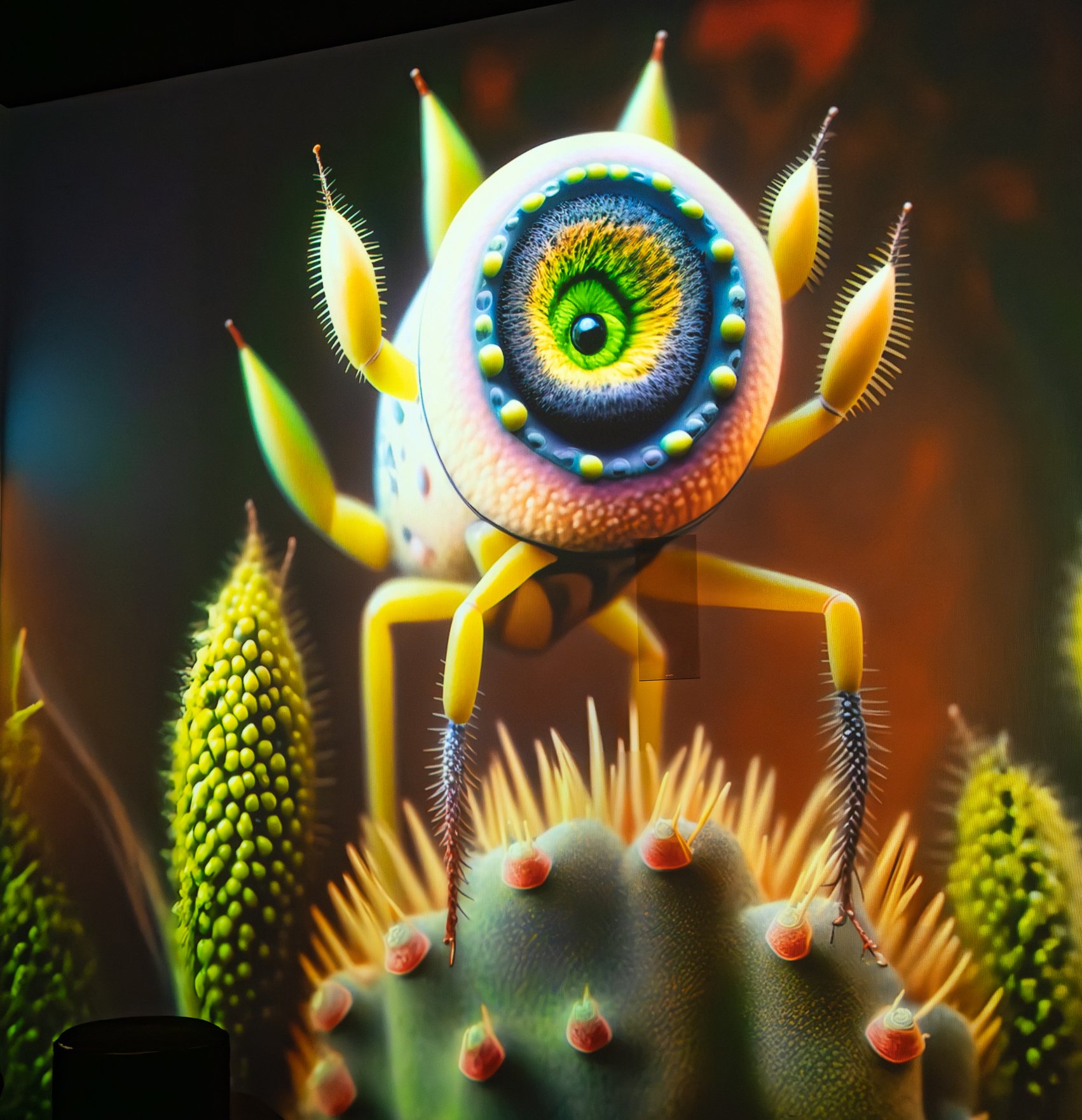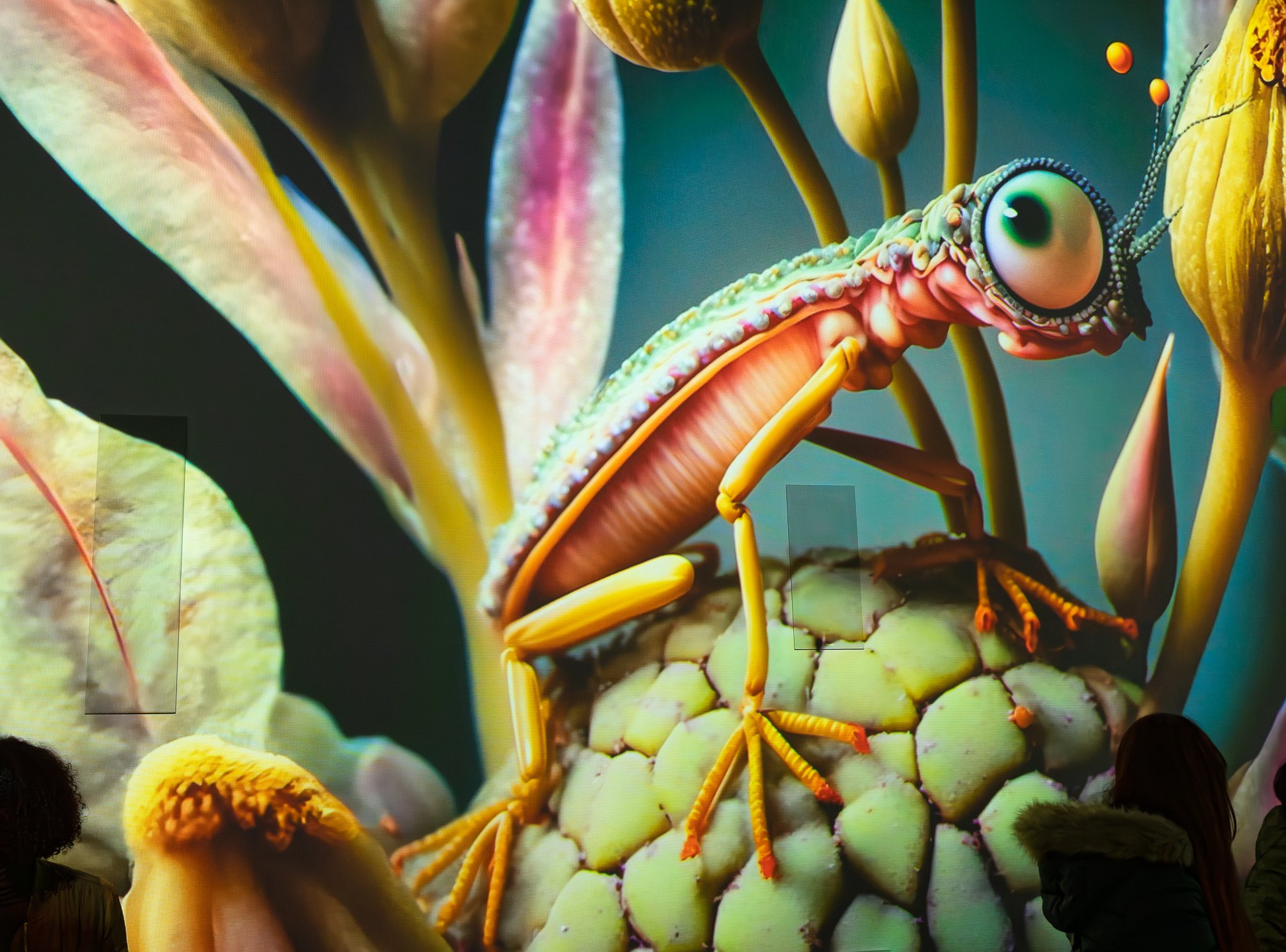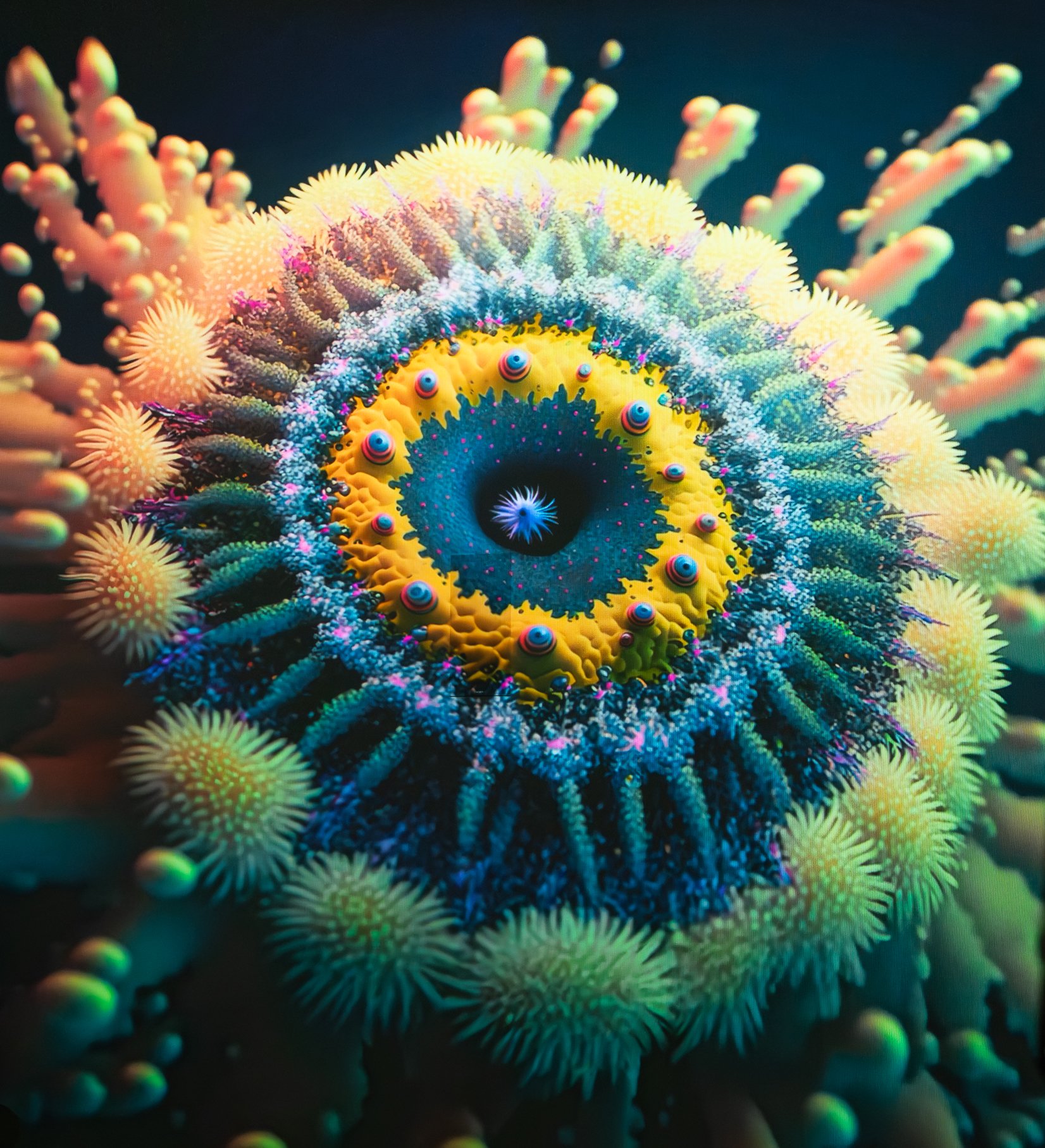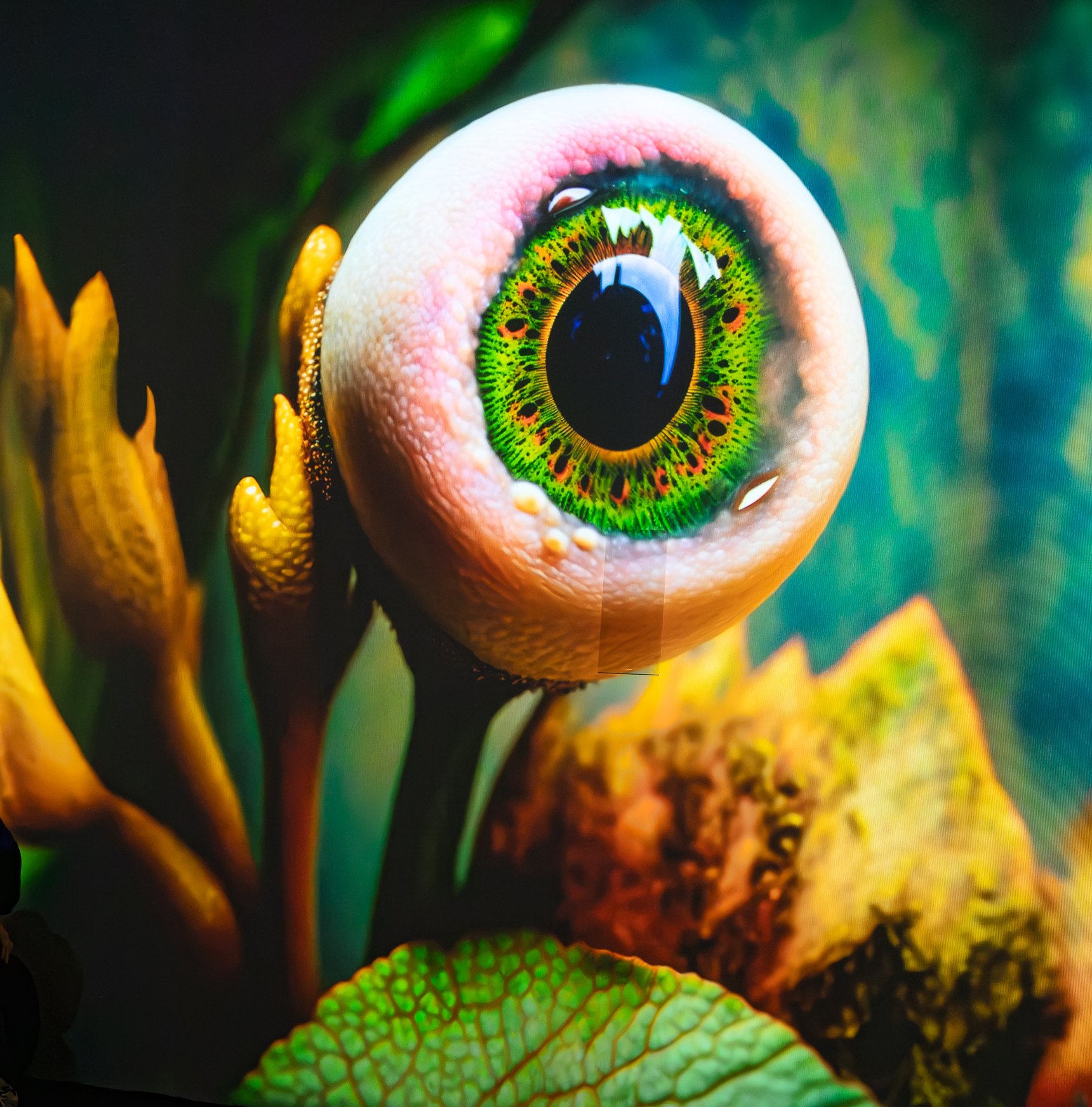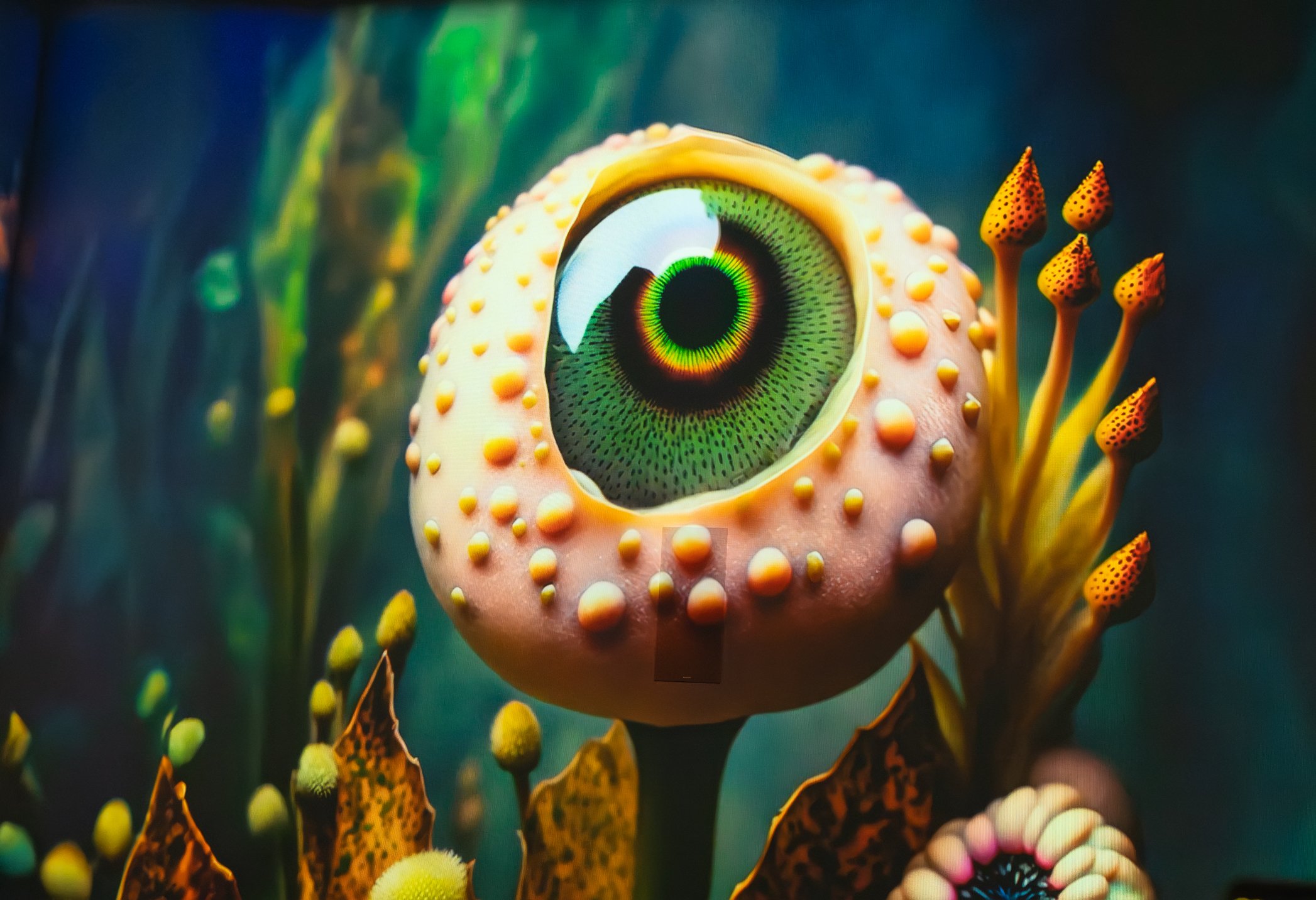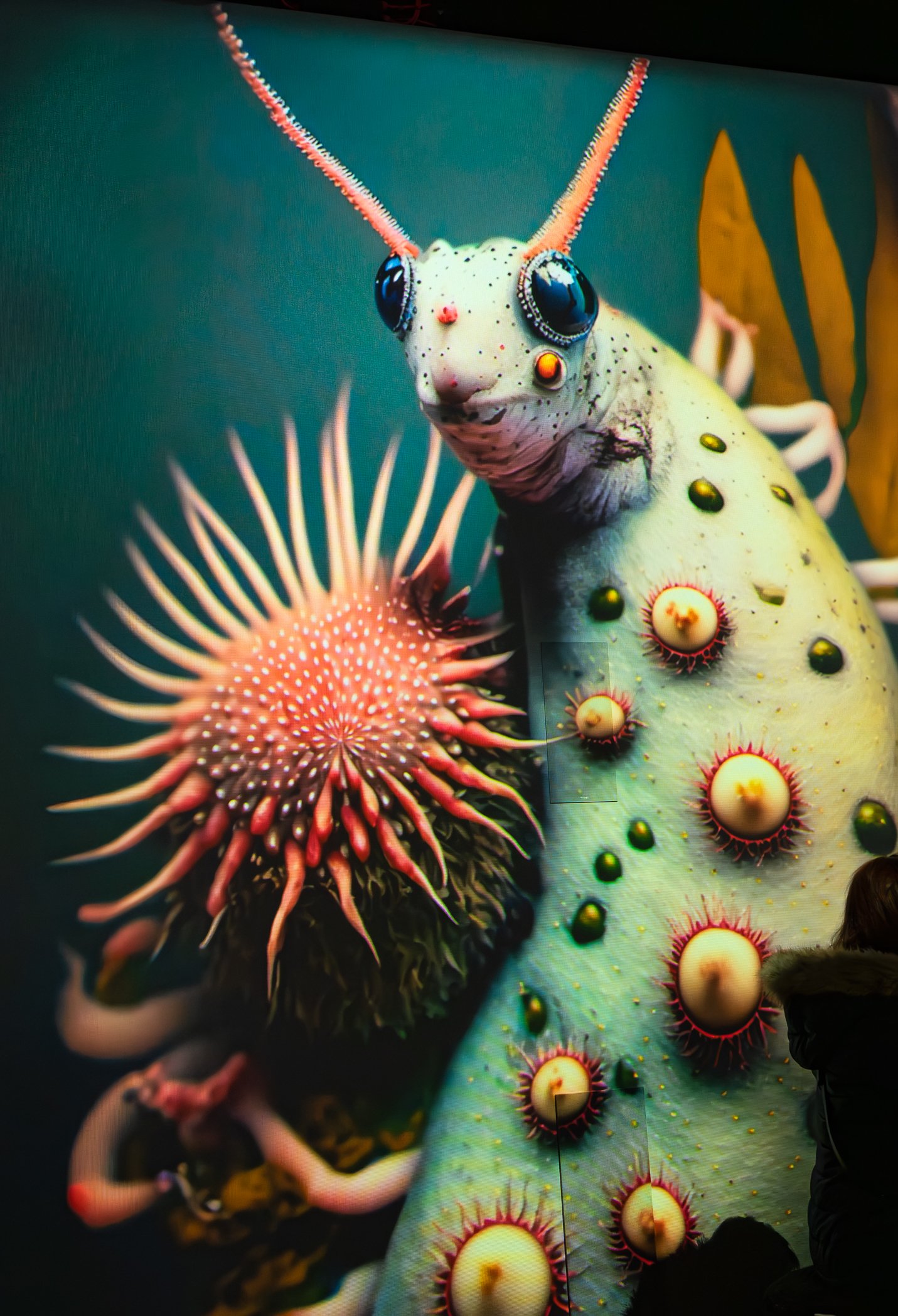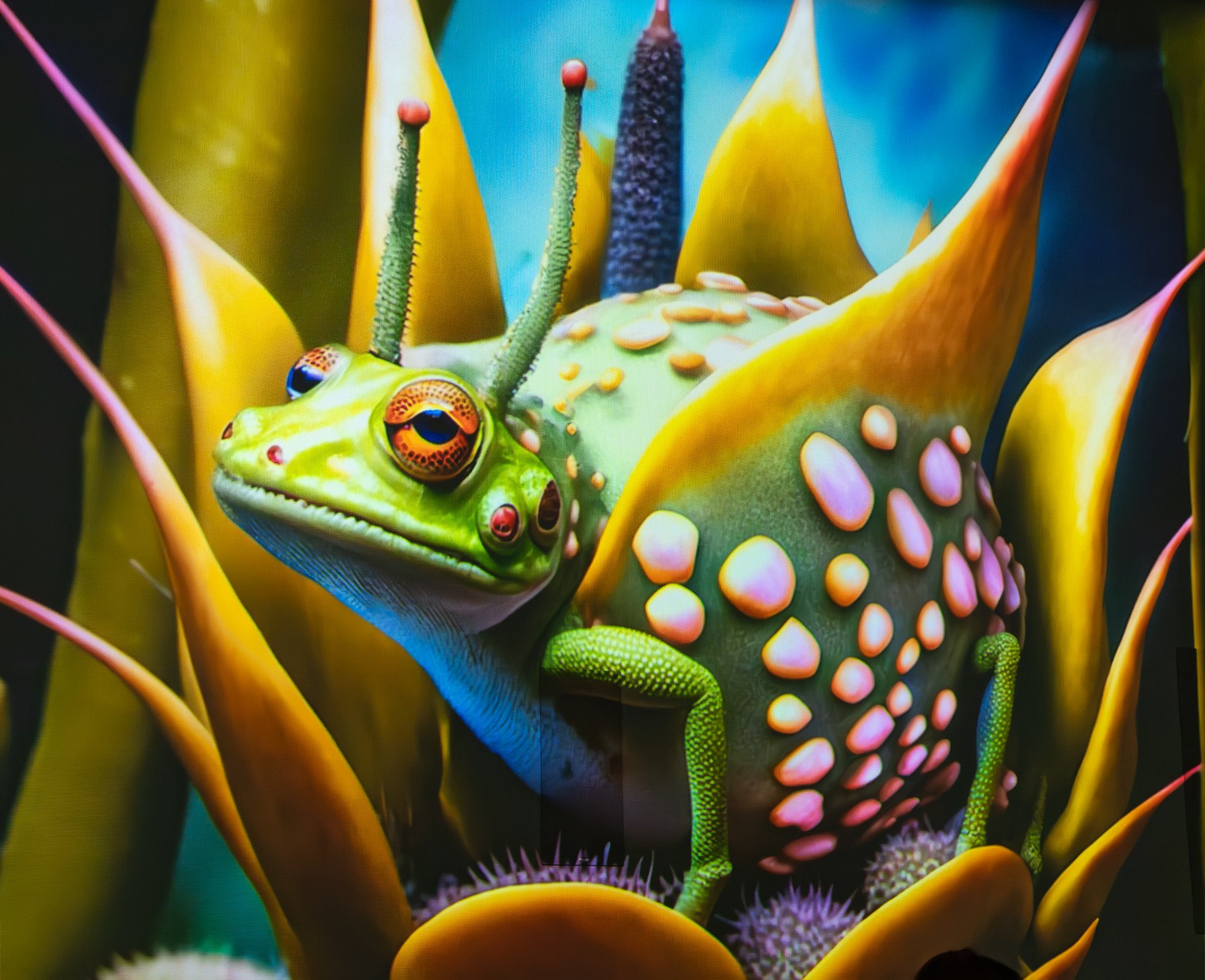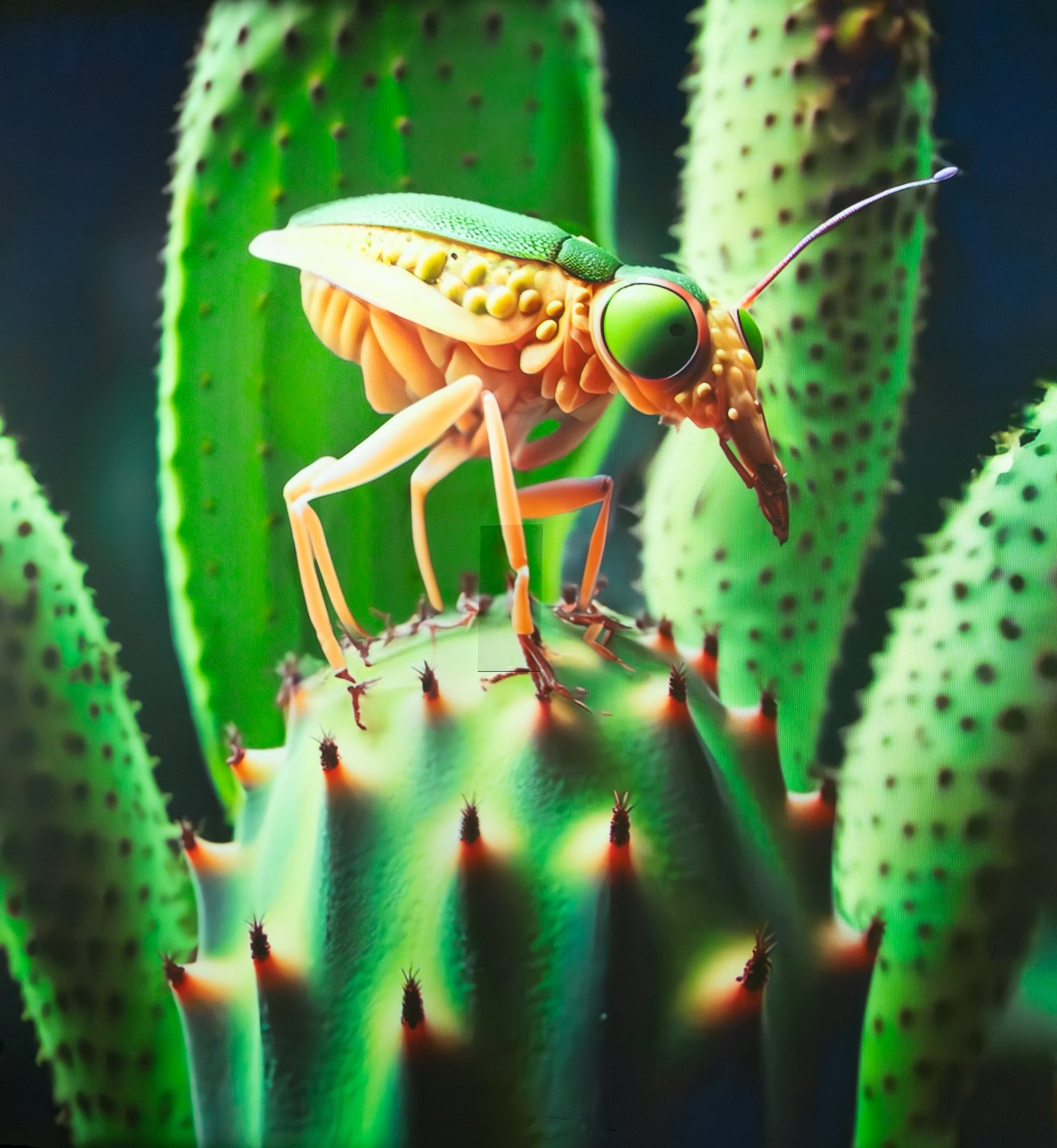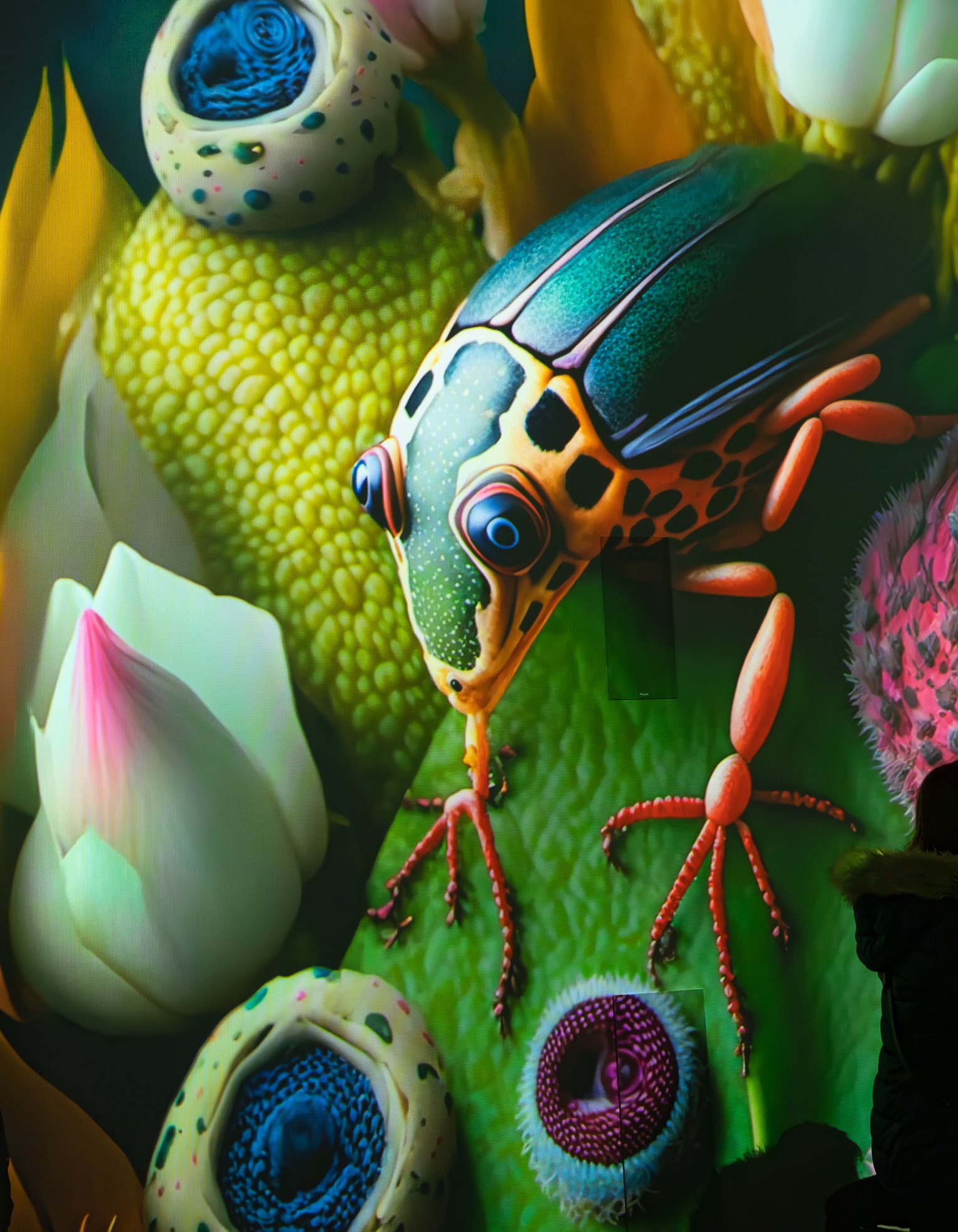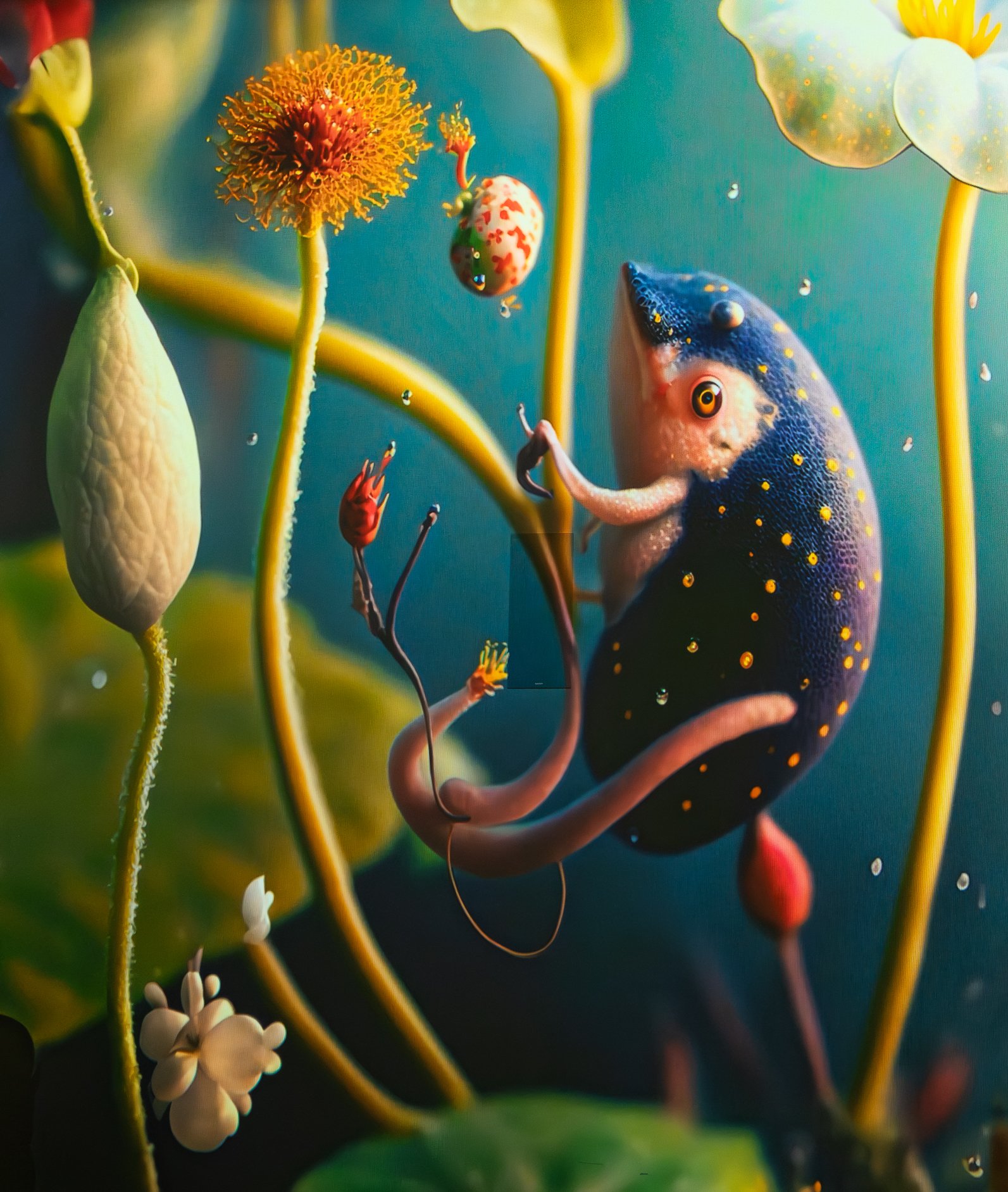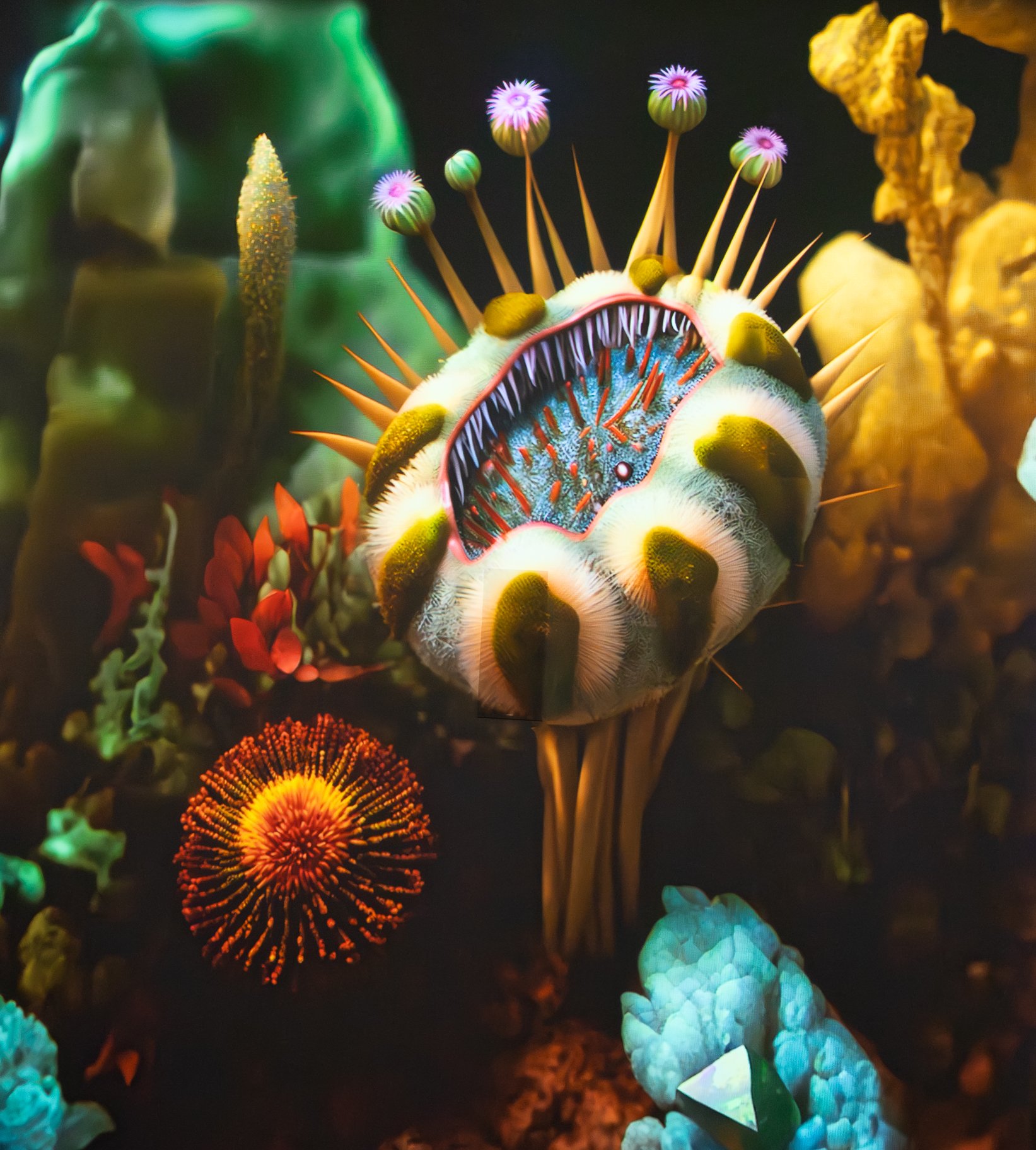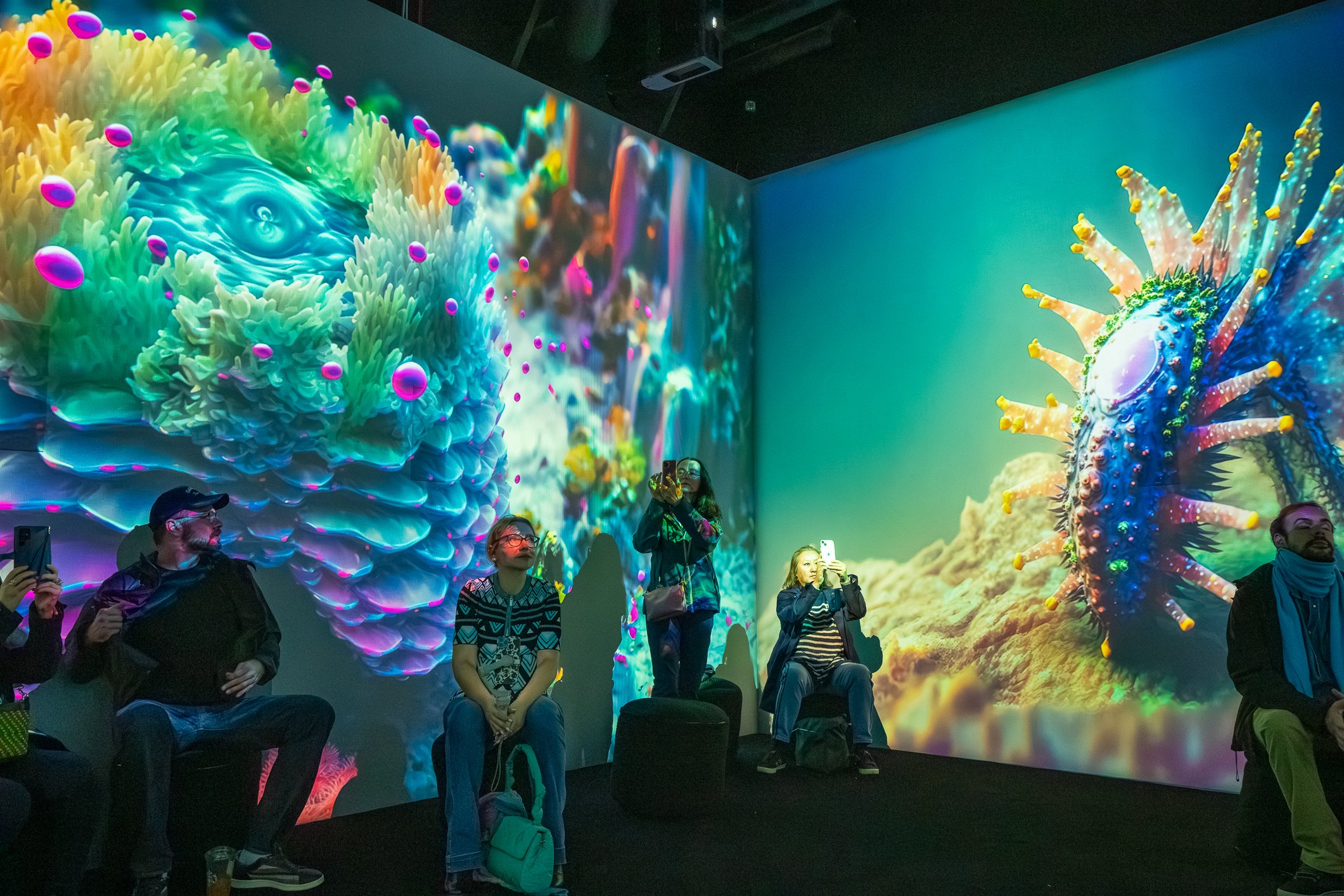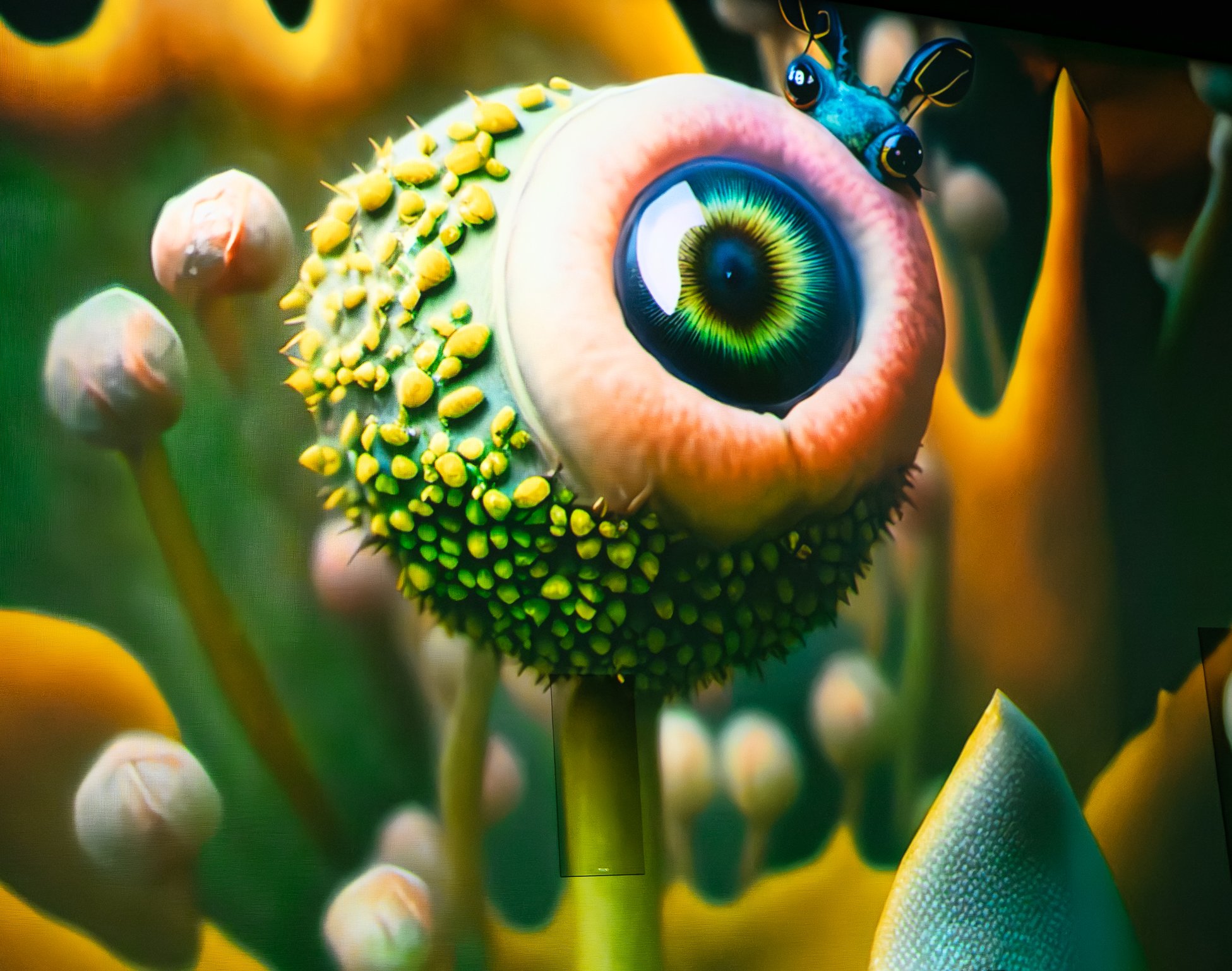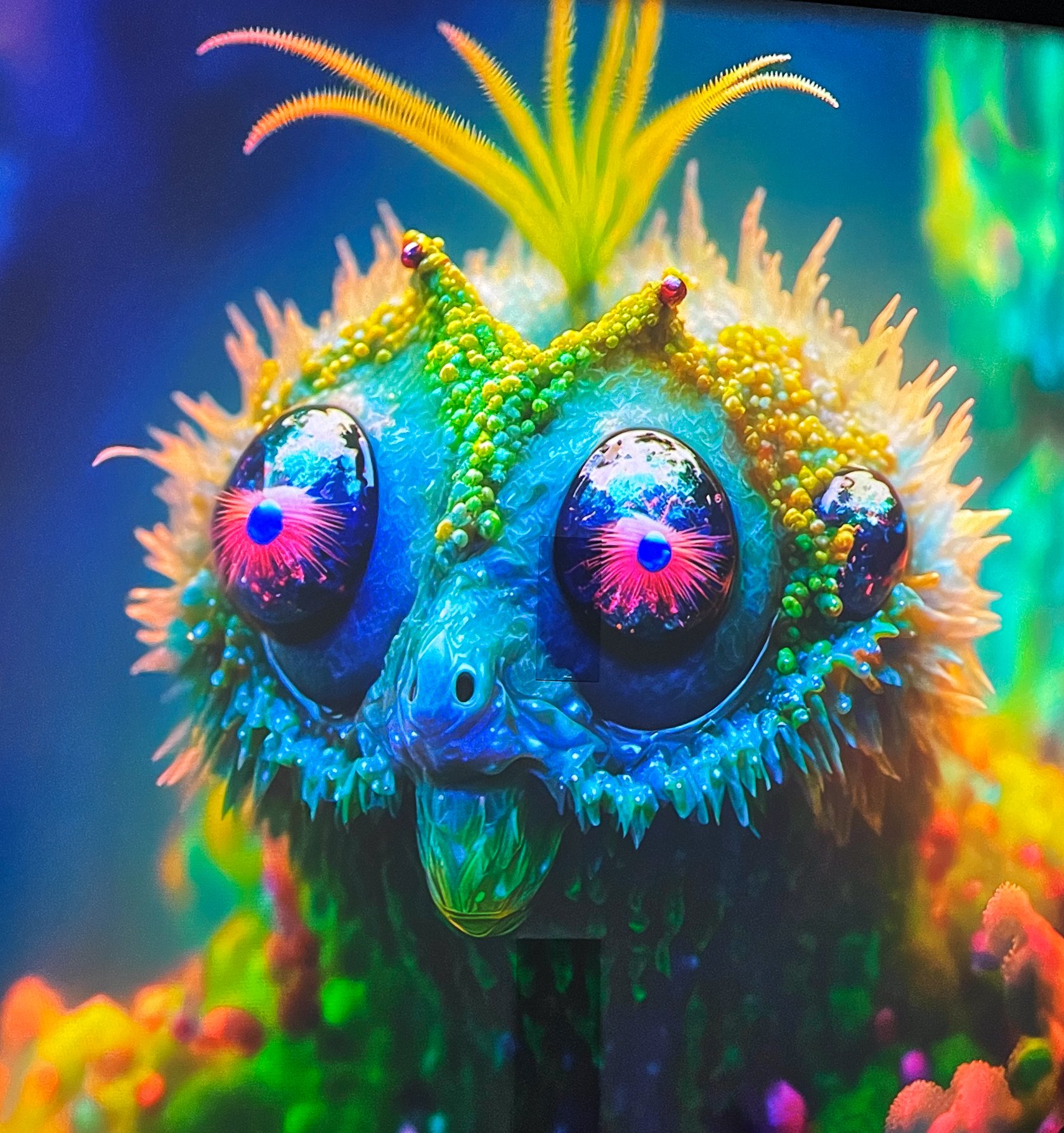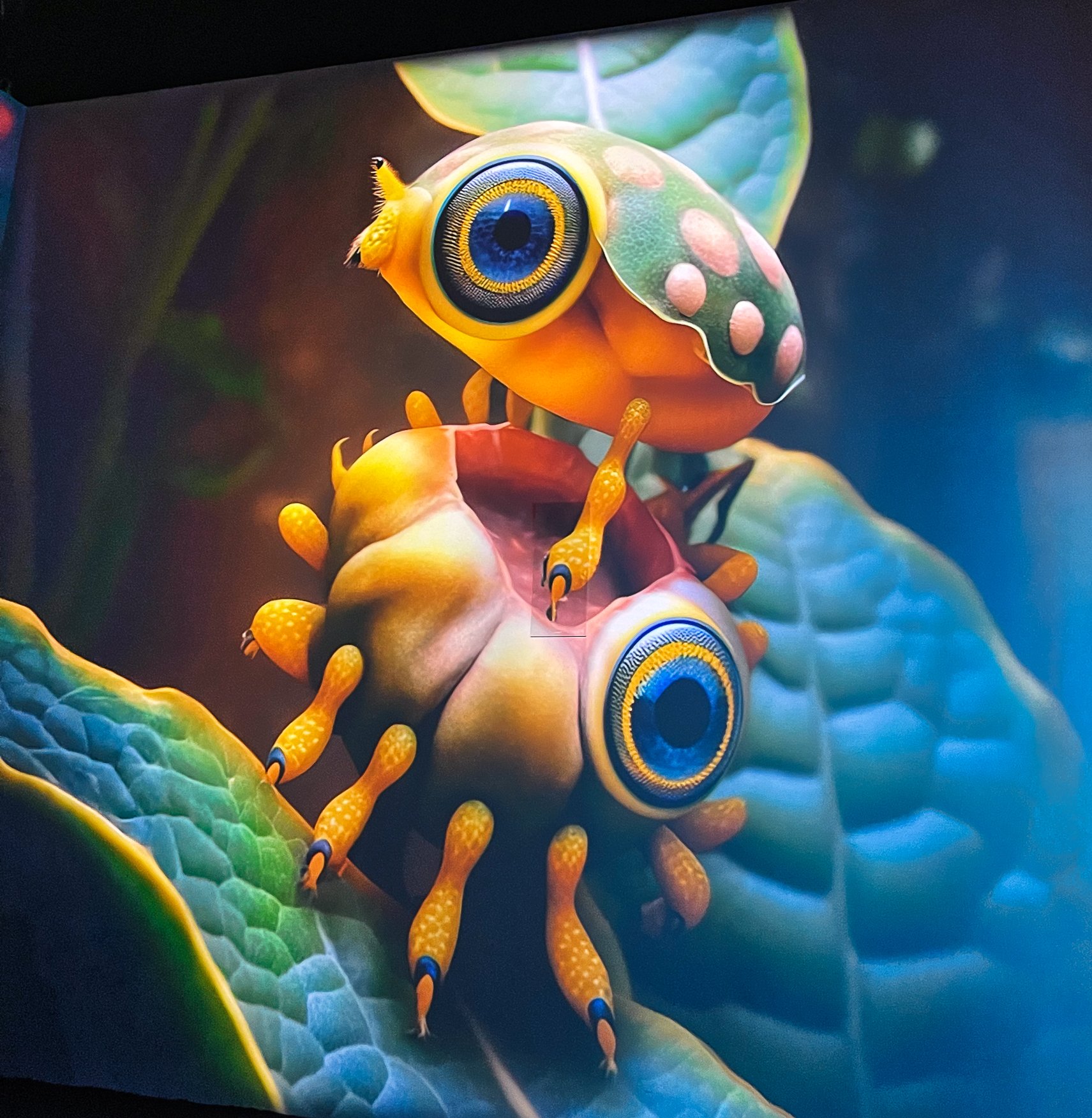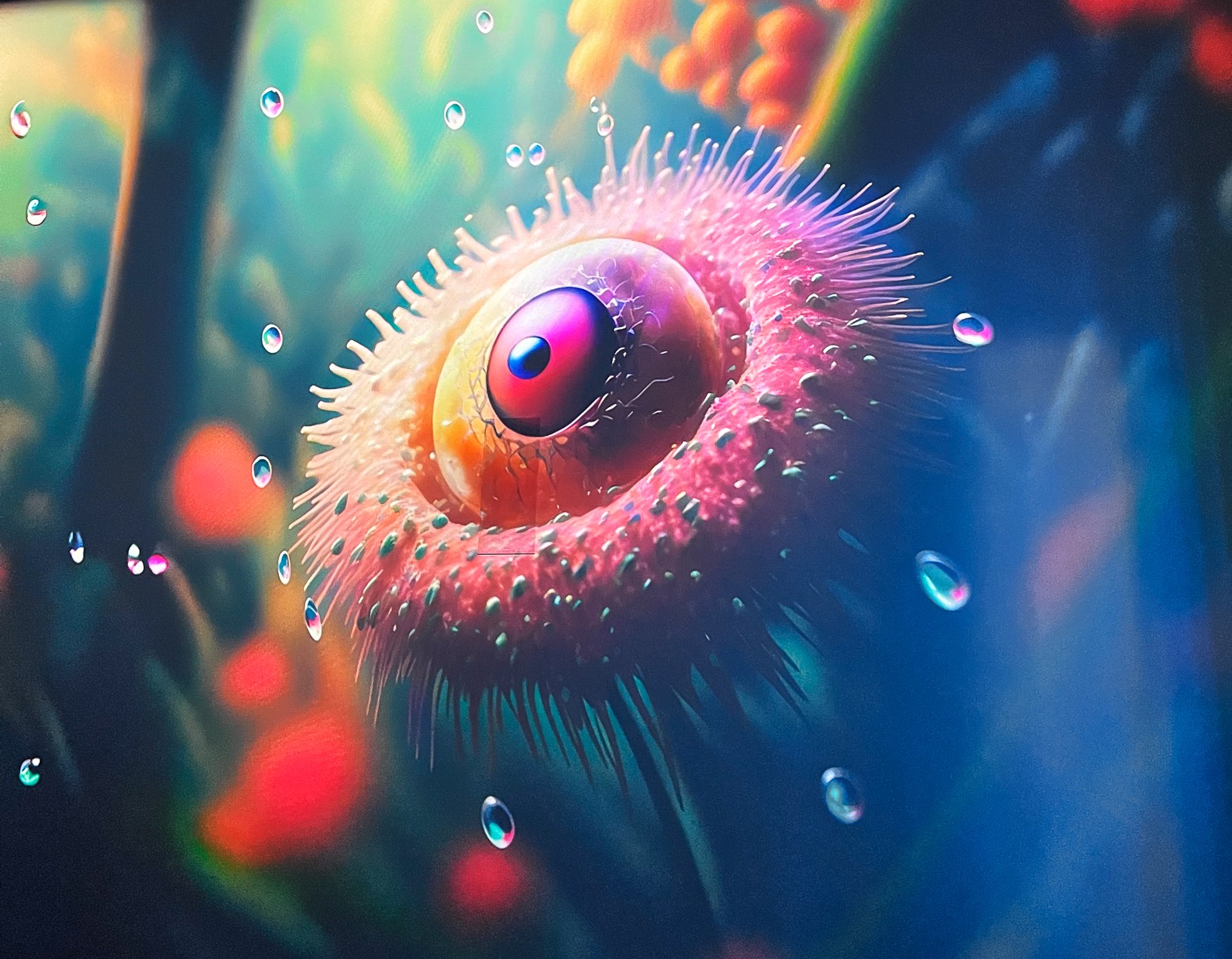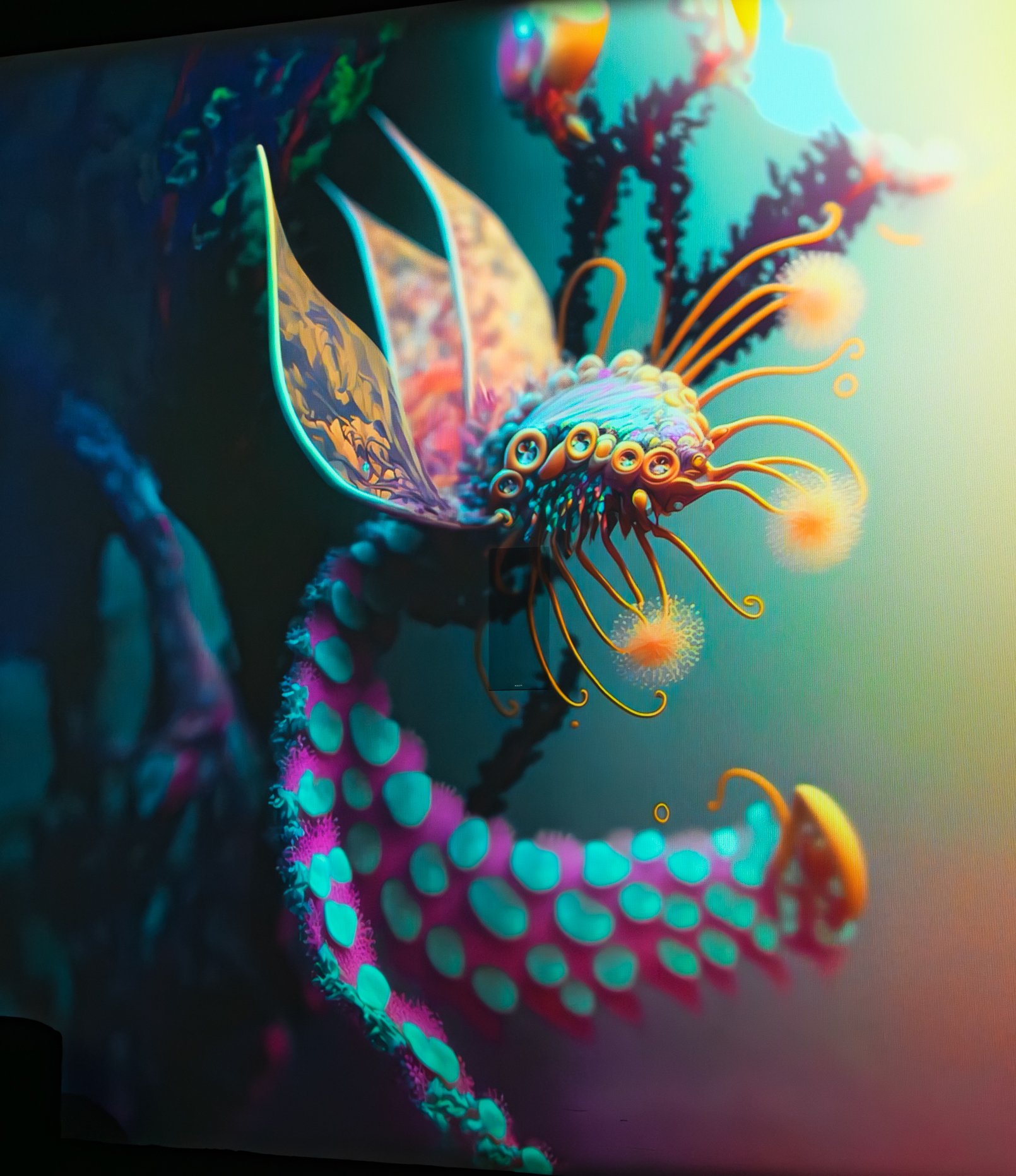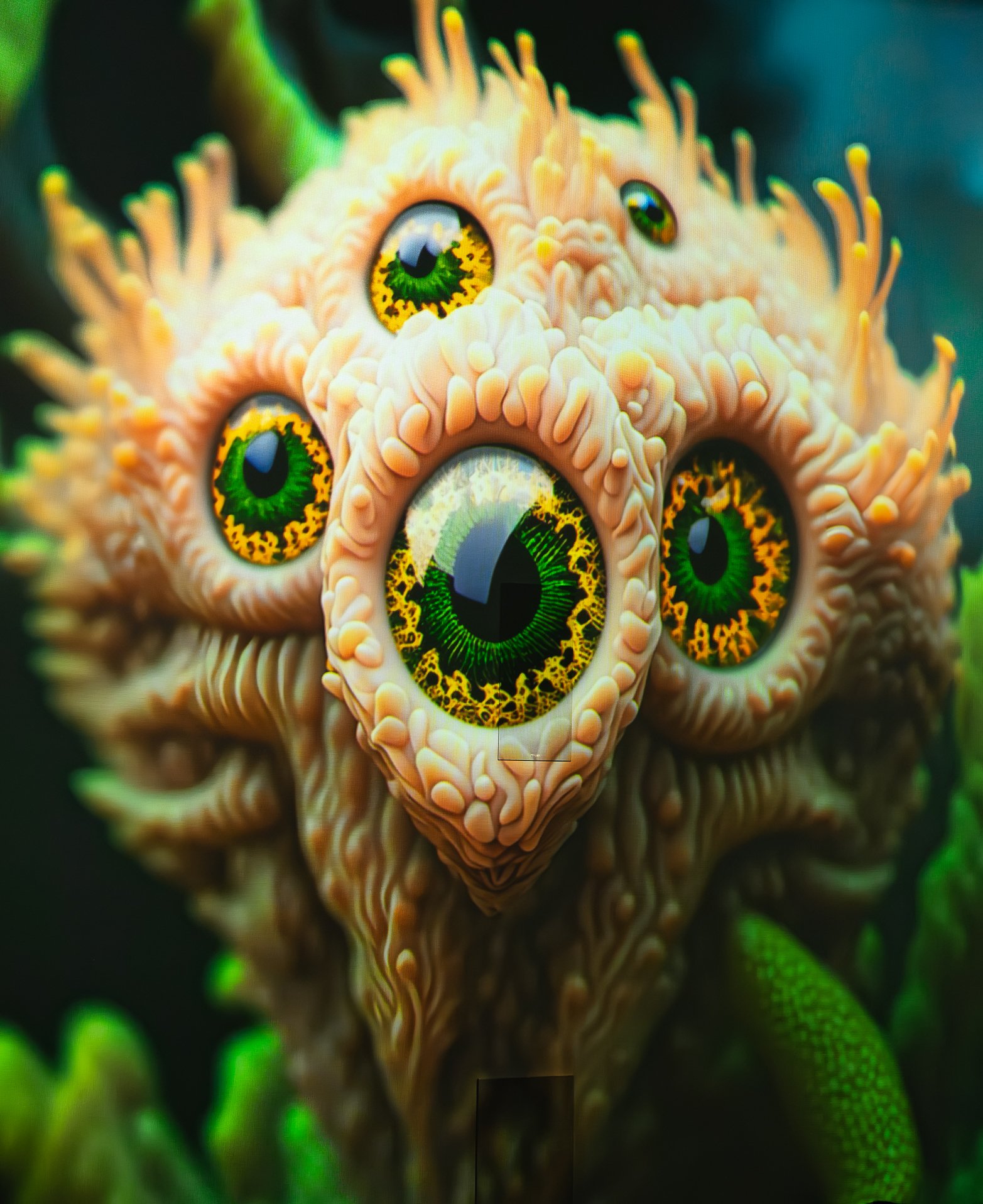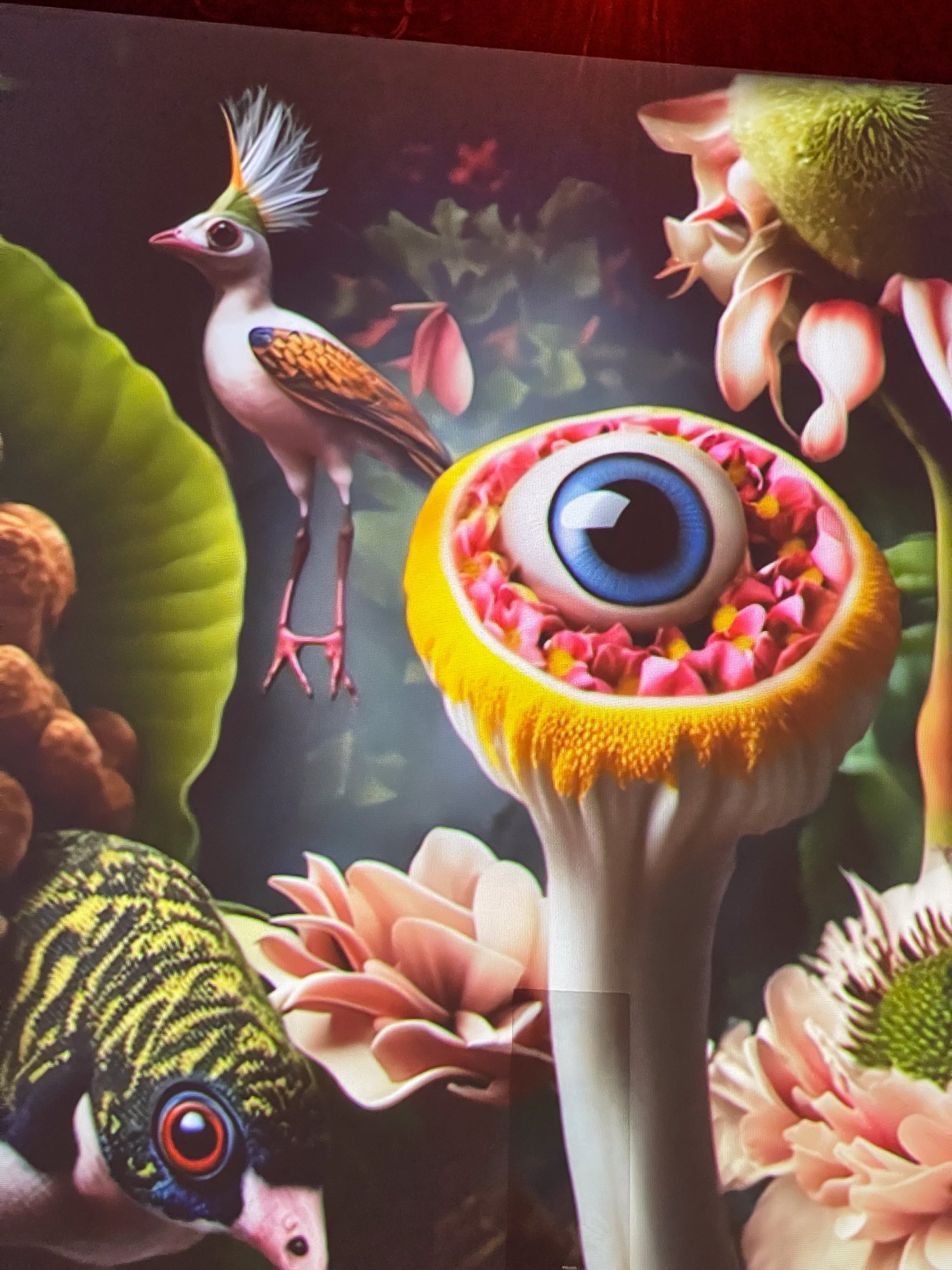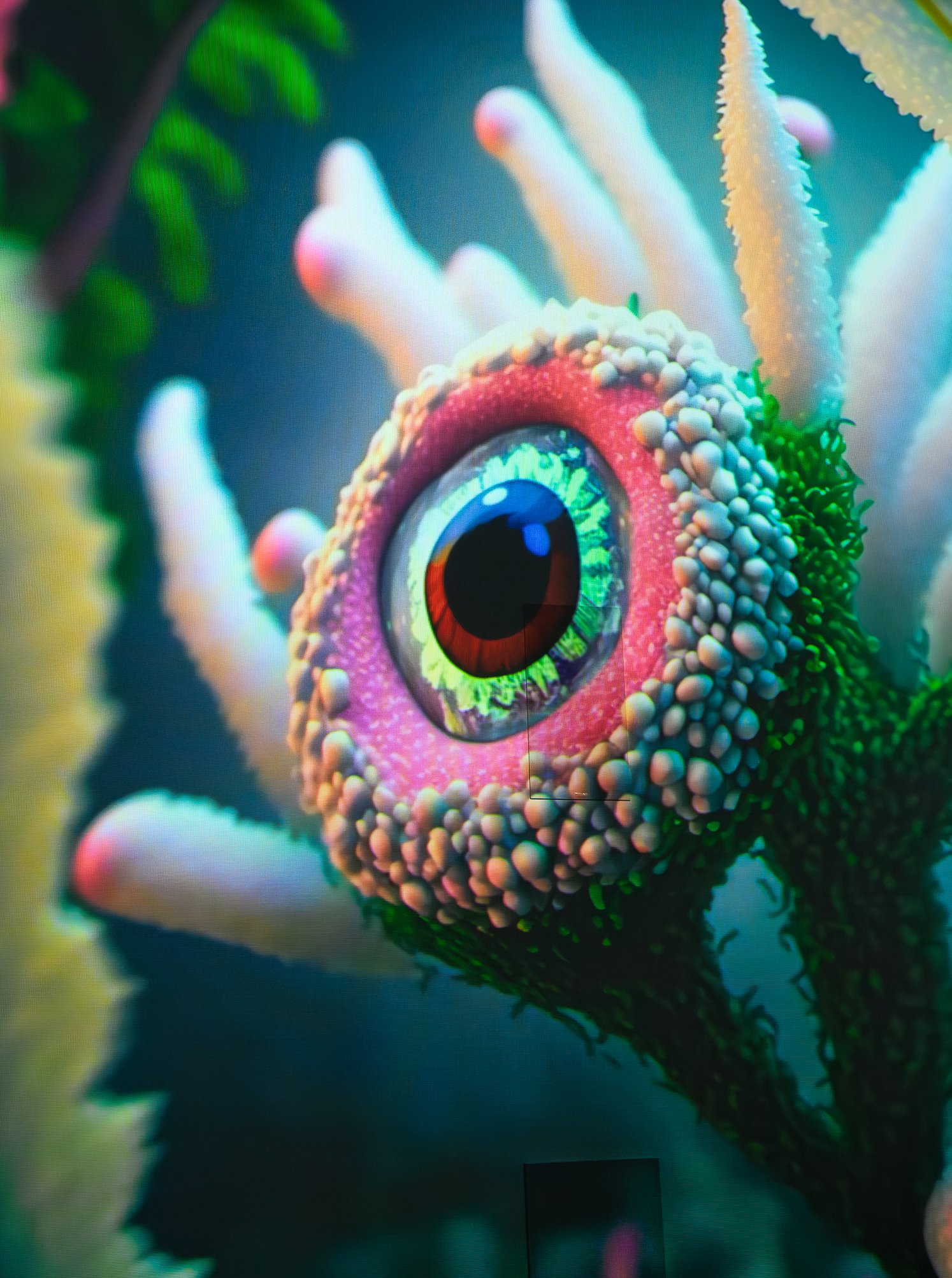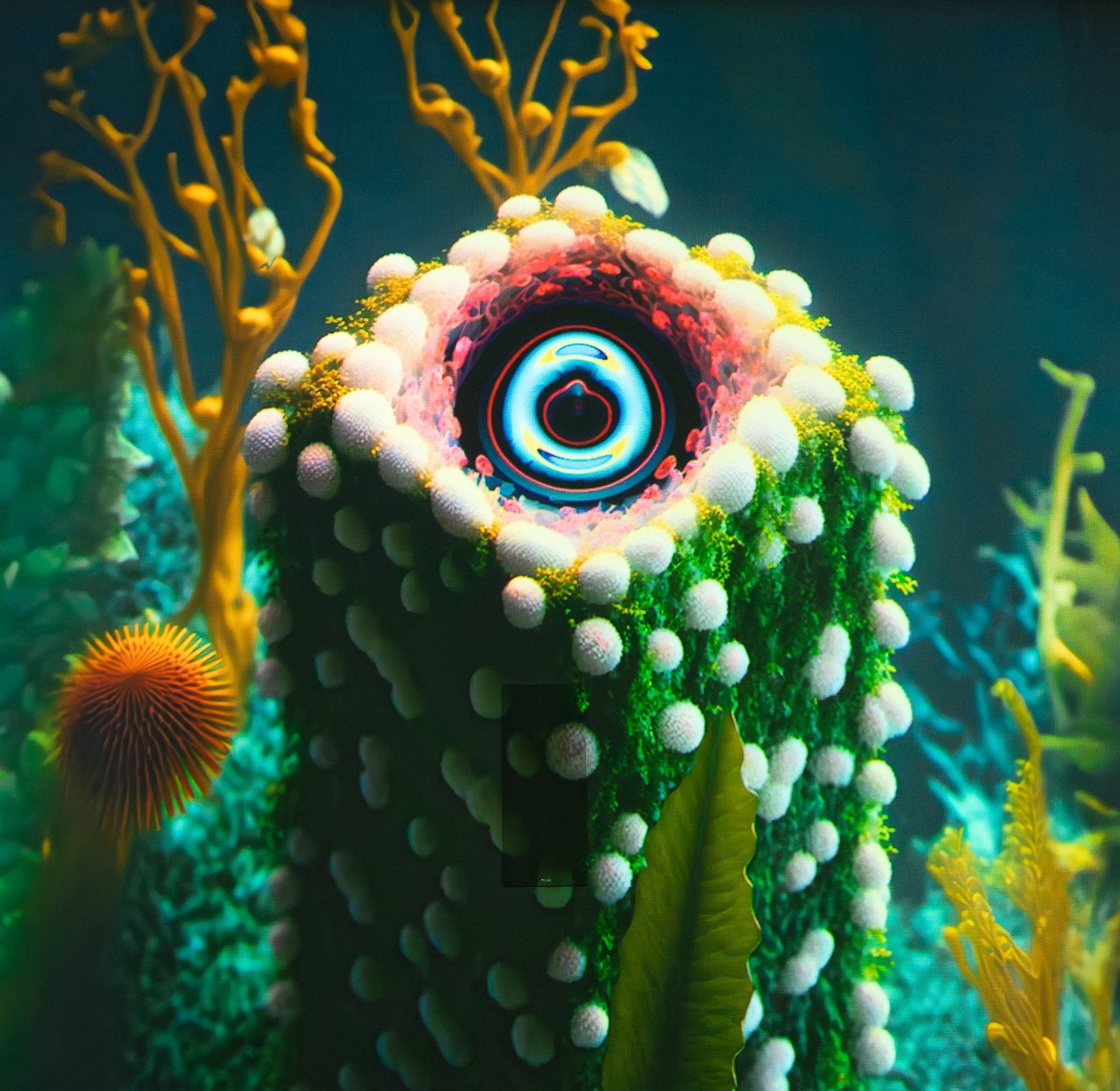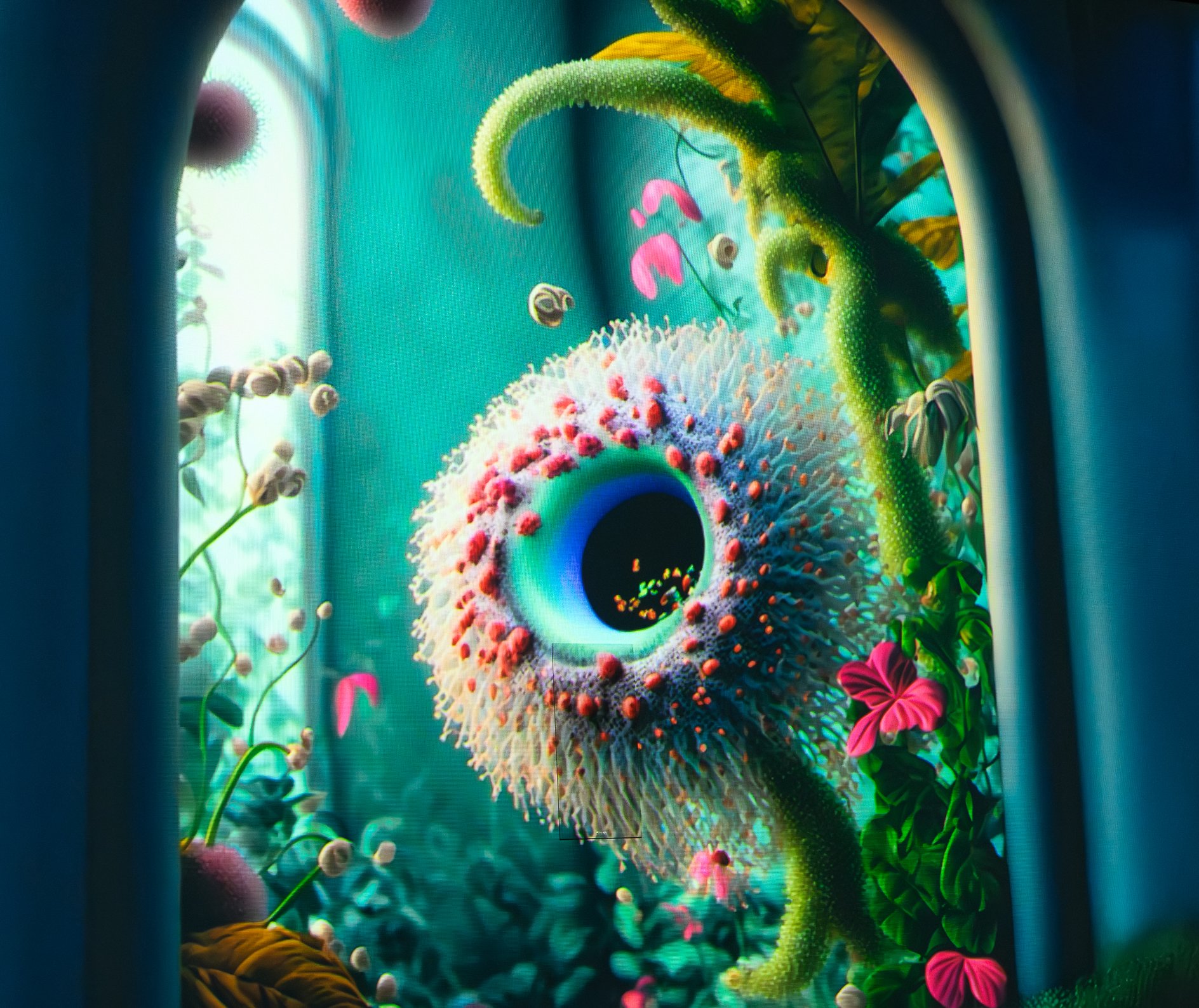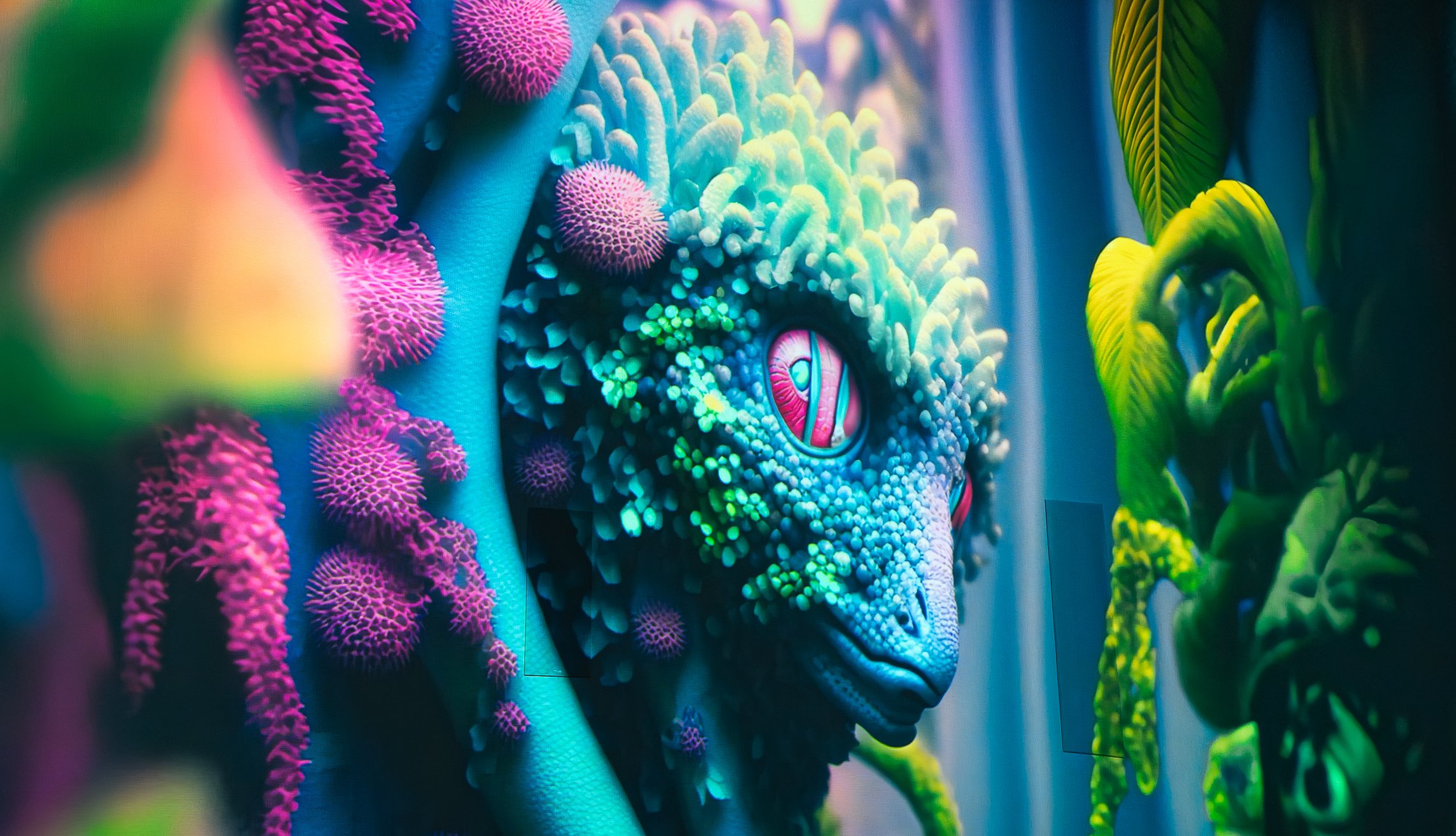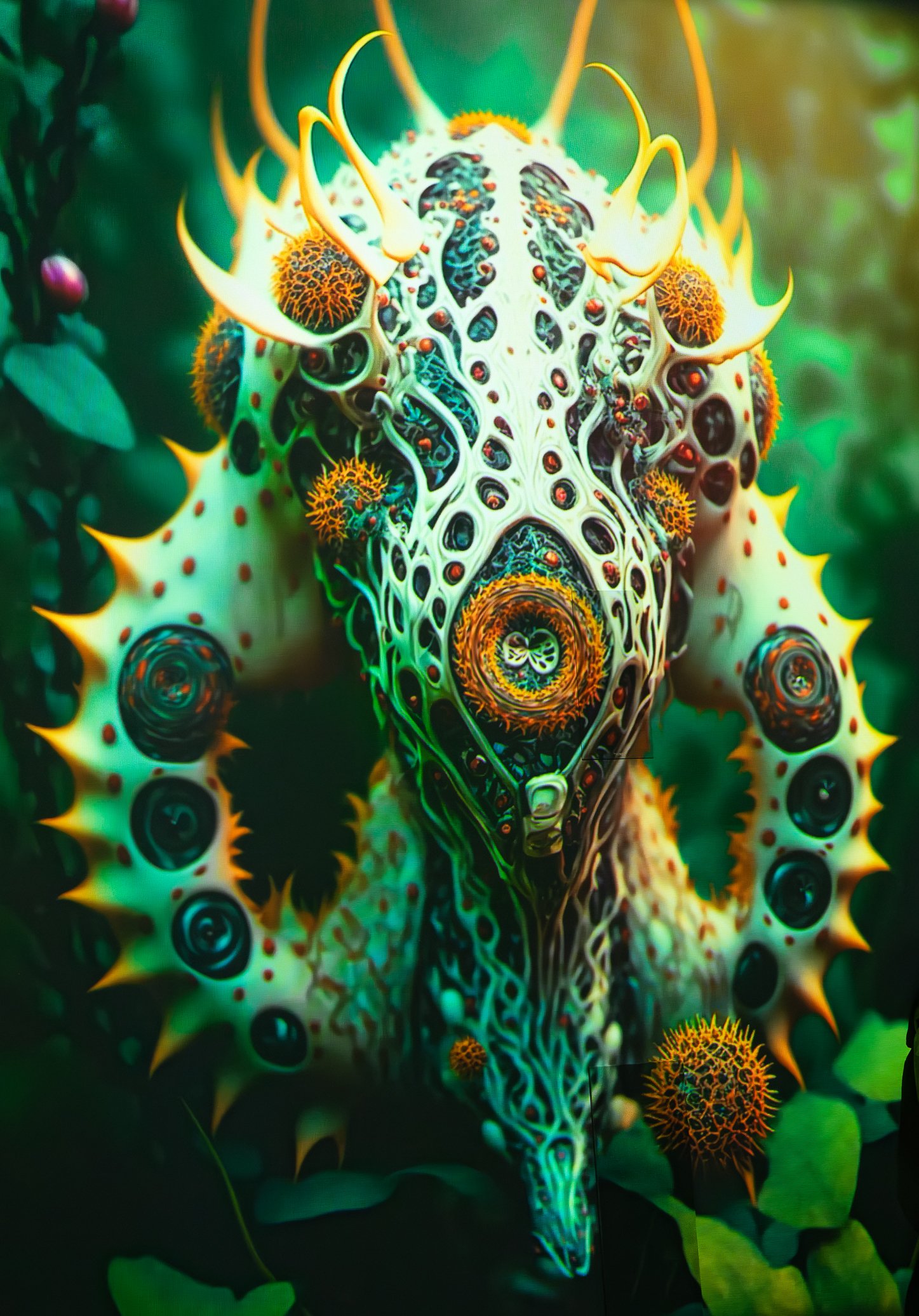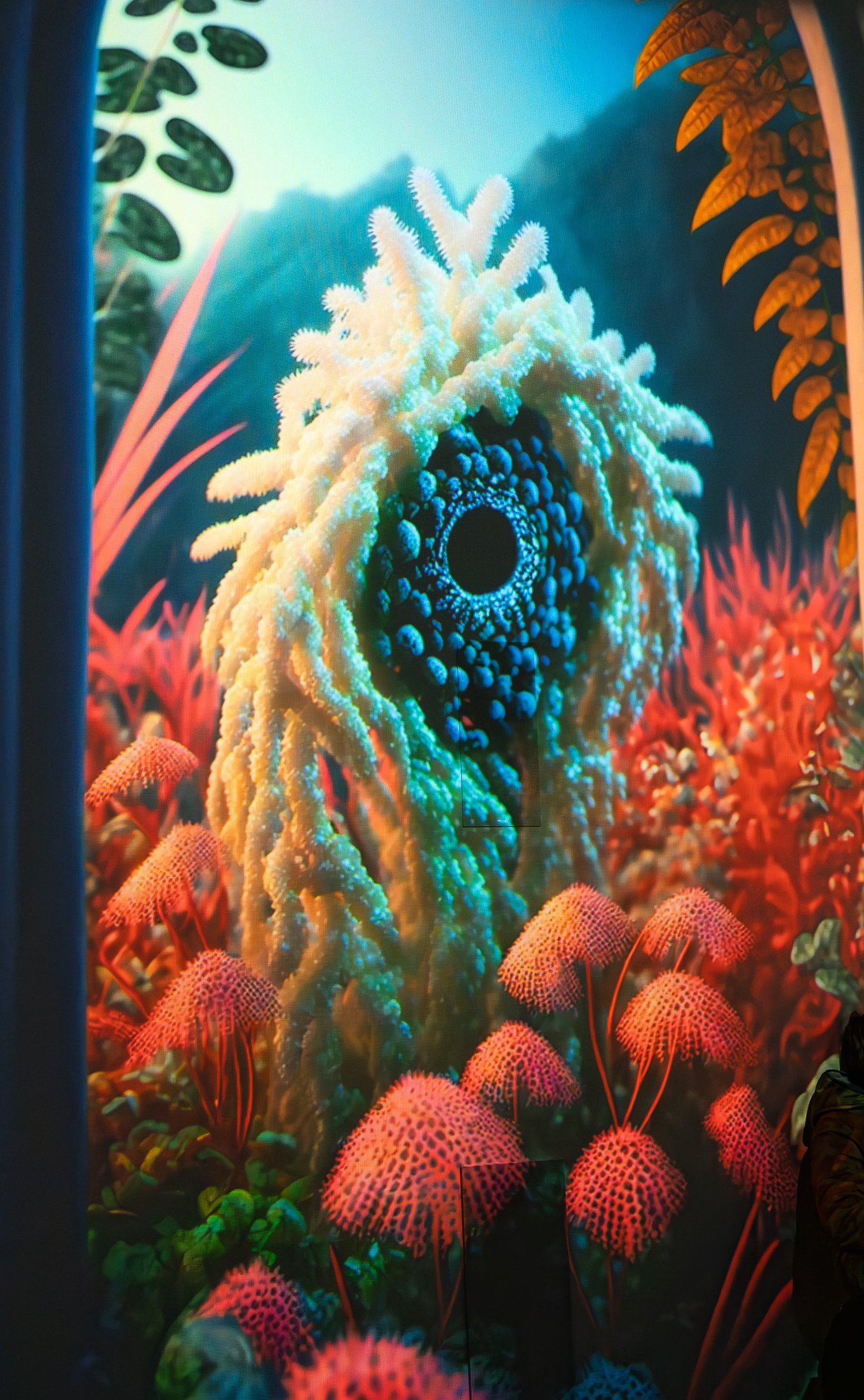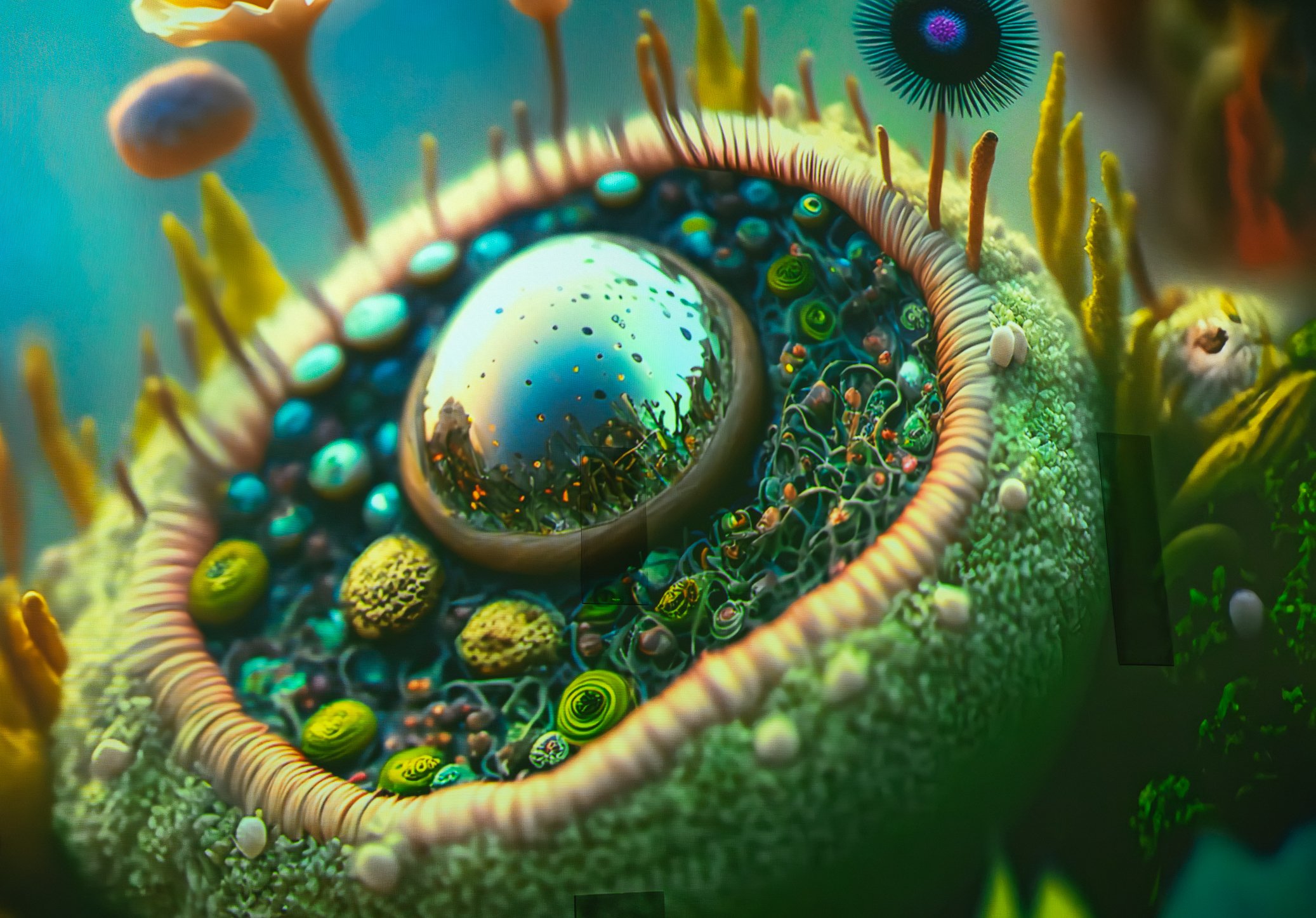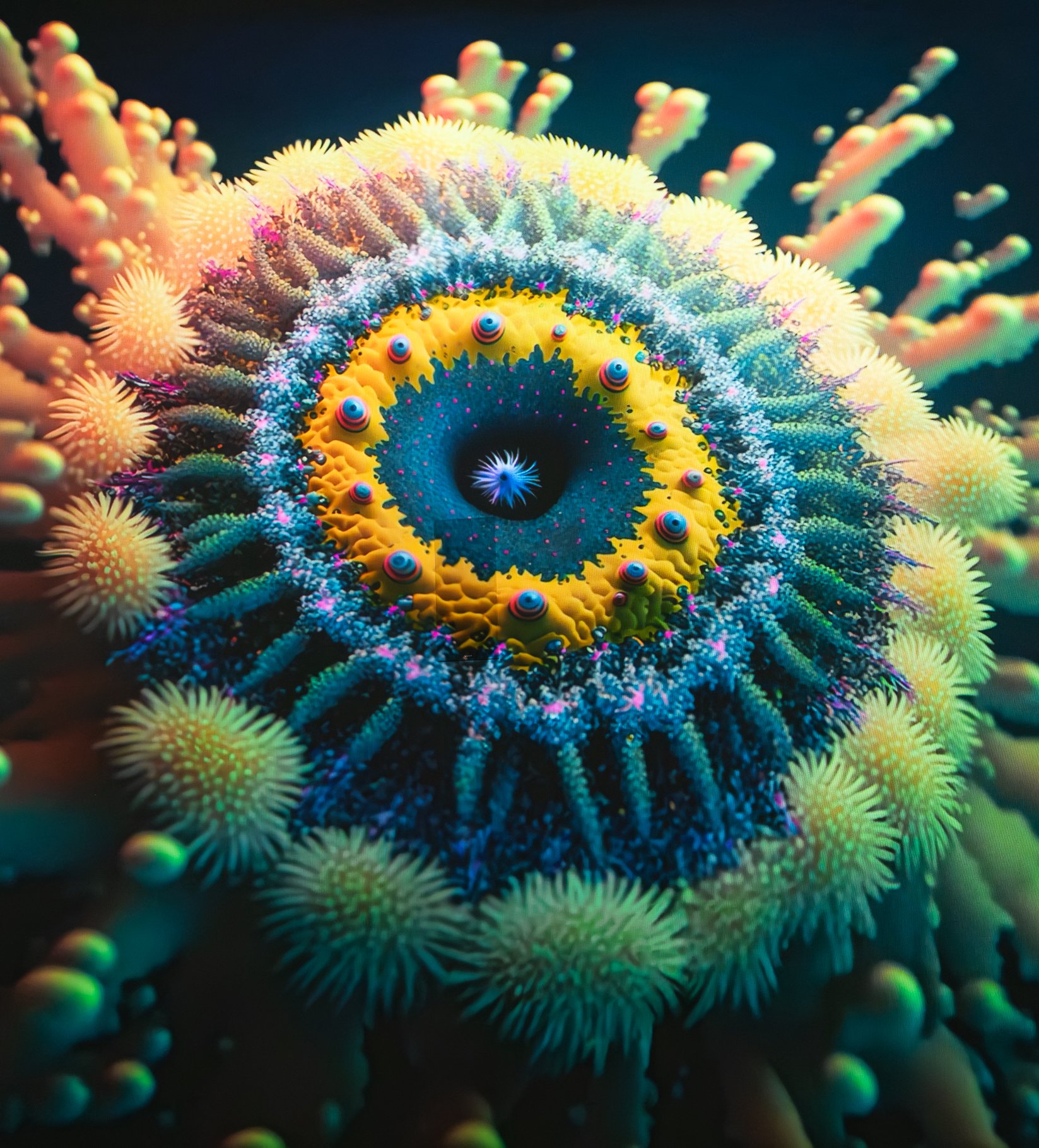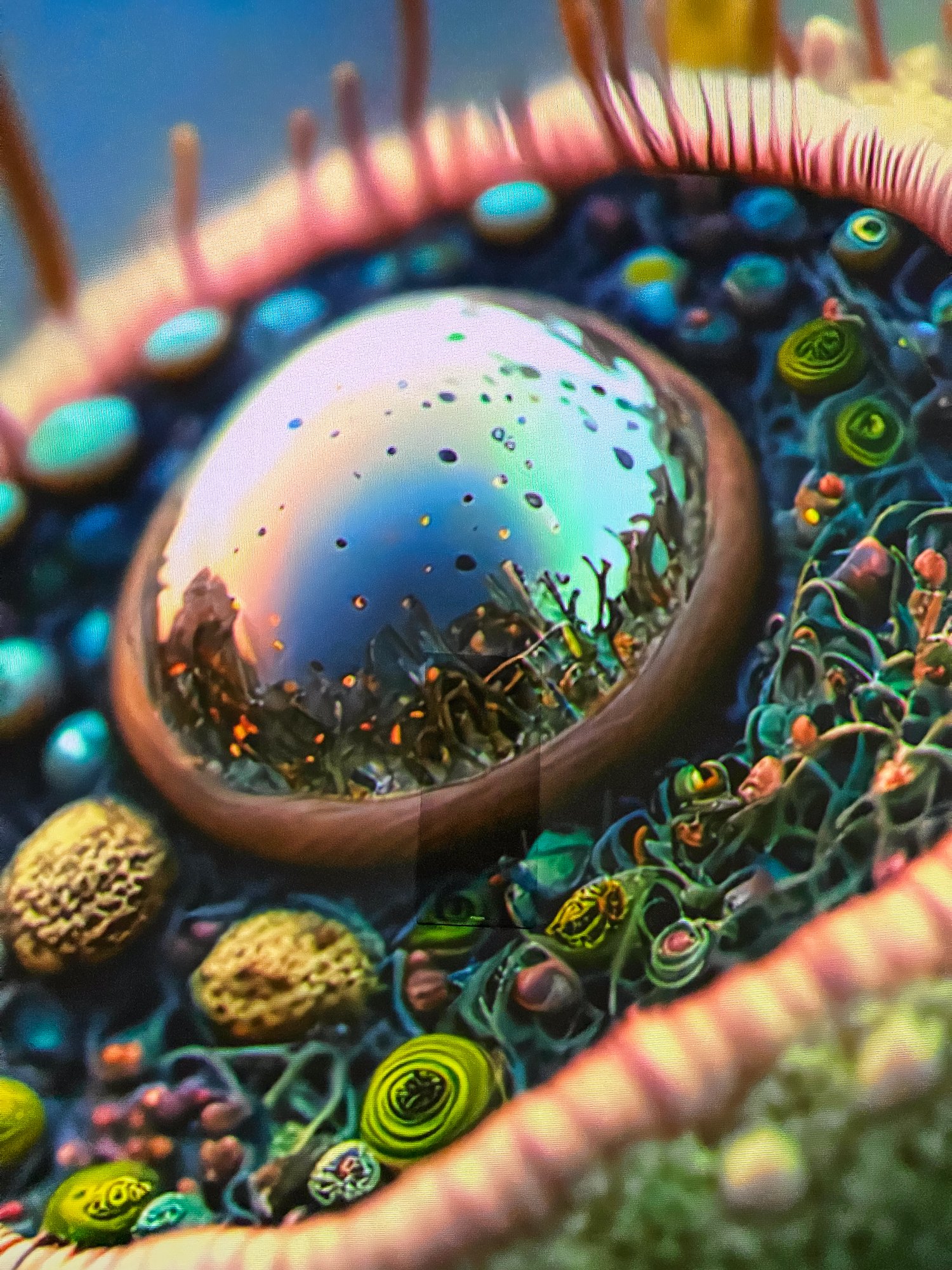After the interactive part, we entered the Rogue's Gallery, a room splattered with (fake) blood and neon paint graffiti, and adorned with oil paintings hanging between glass cabinets. This gallery celebrated Batman's most formidable foes, including the costumes of the Riddler (Jim Carrey’s green suit with question marks), Joker (Joaquin Phoenix’s maroon red two-piece suit), Mr. Freeze (Arnold Schwarzenegger’s futuristic suit), Poison Ivy (Uma Thurman’s ivy corset dress), Harley Quinn (Margot Robbie’s outfit) and the nurse costume from The Dark Knight (done by Heath Ledger). The room was also filled with a fantastic selection of supervillain props and weapons.
Po części interaktywnej weszliśmy do Rogue's Gallery, pokoju zachlapanego (sztuczną) krwią i neonowymi graffiti, ozdobionego obrazami olejnymi rozwieszonymi pomiędzy szklanymi gablotami. Ta galeria upamiętniała najgroźniejszych wrogów Batmana, w tym kostiumy Riddlera (zielony garnitur Jima Carreya ze znakami zapytania), Jokera (czerwony dwuczęściowy garnitur Joaquina Phoenixa), Mr. Freeze'a (futurystyczny garnitur Arnolda Schwarzeneggera), Poison Ivy (sukienka z gorsetem z bluszczu Umy Thurman), Harley Quinn (strój Margot Robbie) i kostium pielęgniarki z The Dark Knight (noszony przez Heatha Ledgera). Ta część wystawy była również wypełniona dużą ilością rekwizytów i broni należącej do złoczyńców.
Our final stop was the Vehicle Bunker, where we were treated to a display of the Batmobile, driven by Robert Pattinson in The Batman (2022). This exhibition was a great way for fans to explore the world of Batman and get up close and personal with the props, costumes, and vehicles from the films.
Naszym ostatnim przystankiem był Vehicle Bunker, gdzie mogliśmy obejrzeć wystawę Batmobilu, którym jeździł Robert Pattinson w filmie The Batman (2022). Ta wystawa była świetną okazją dla fanów świata Batmana aby zobaczyć z bliska rekwizyty, kostiumy i pojazdy z filmów.






























































































































































































































































































































































